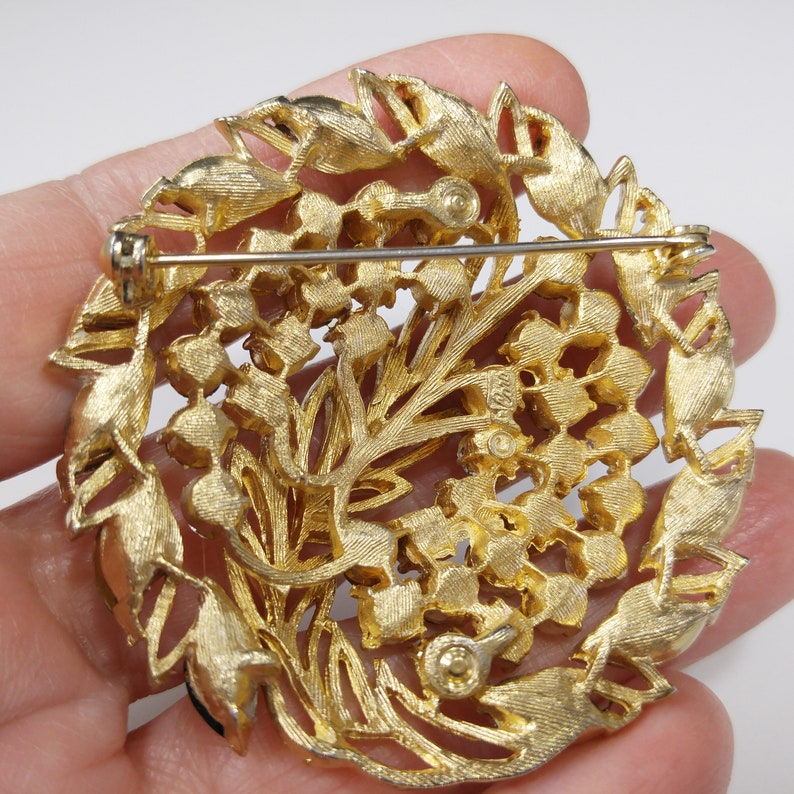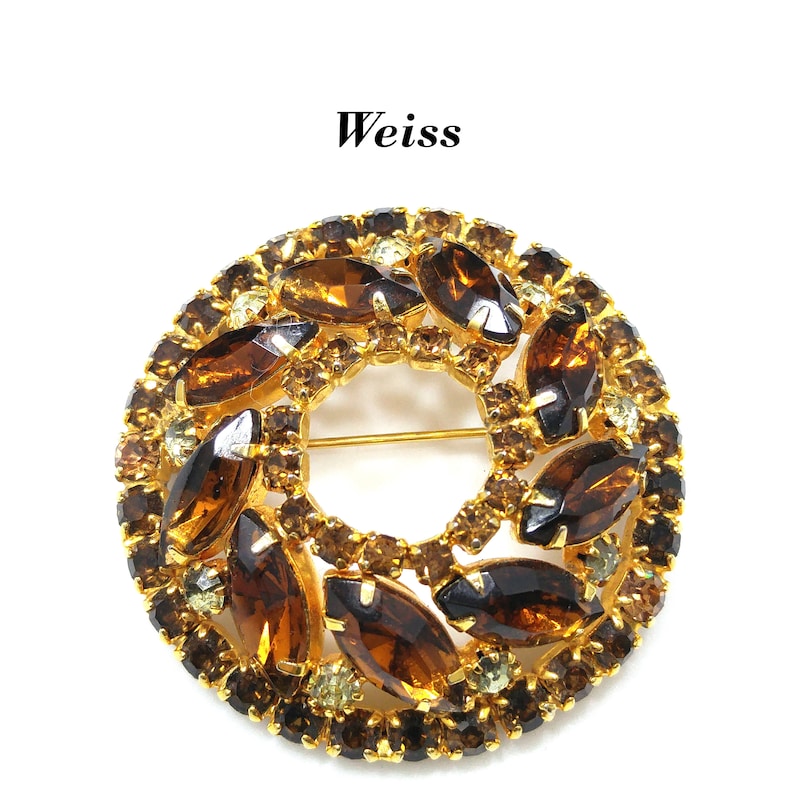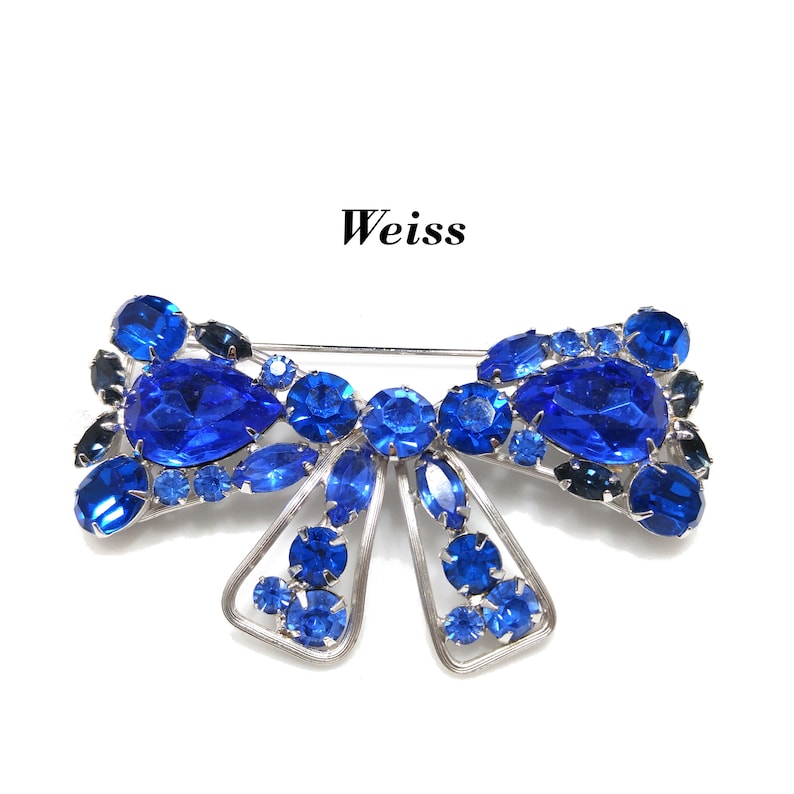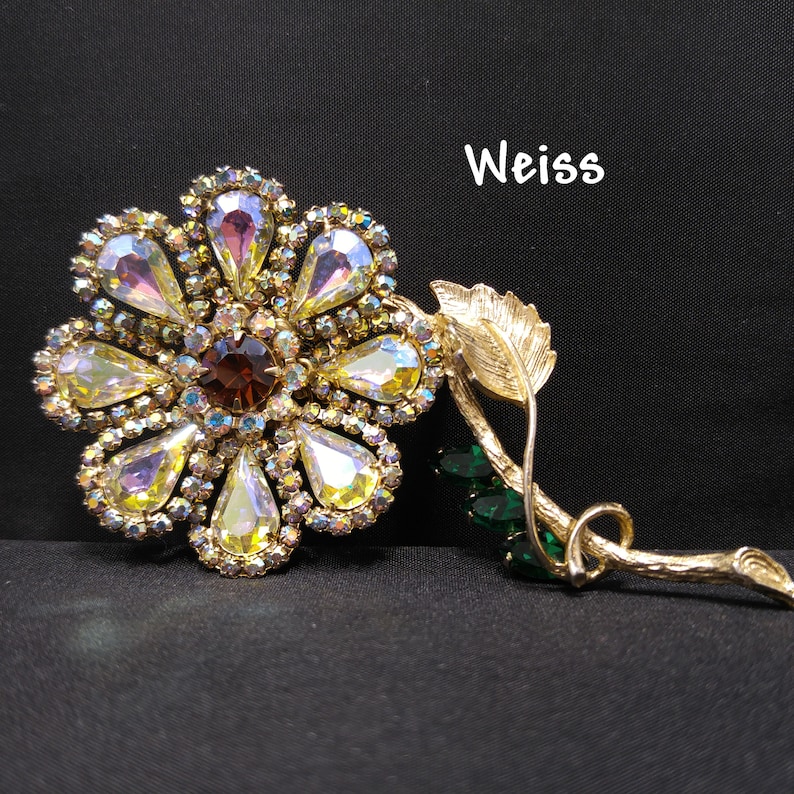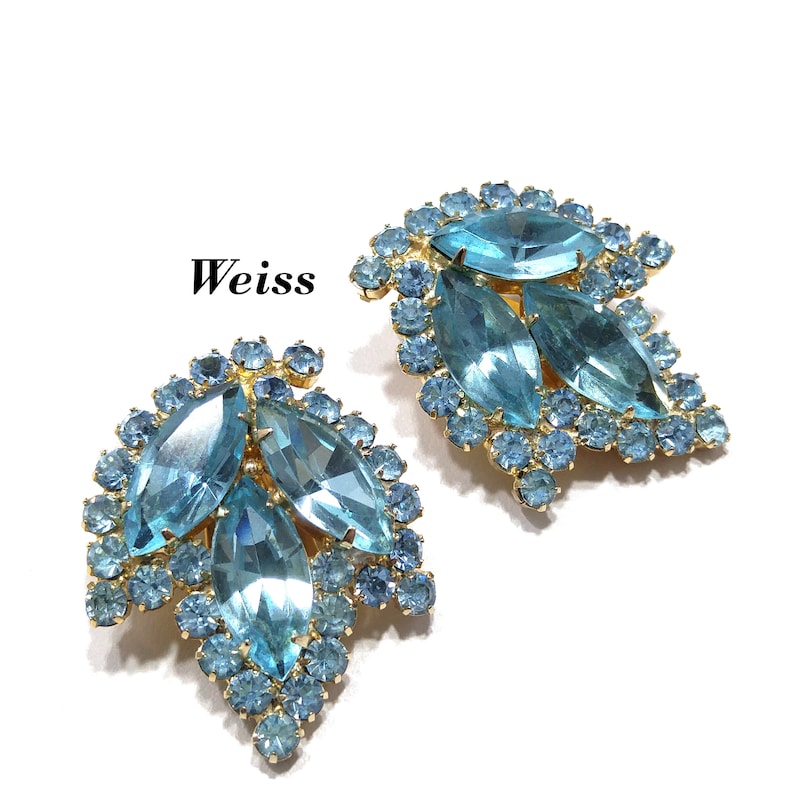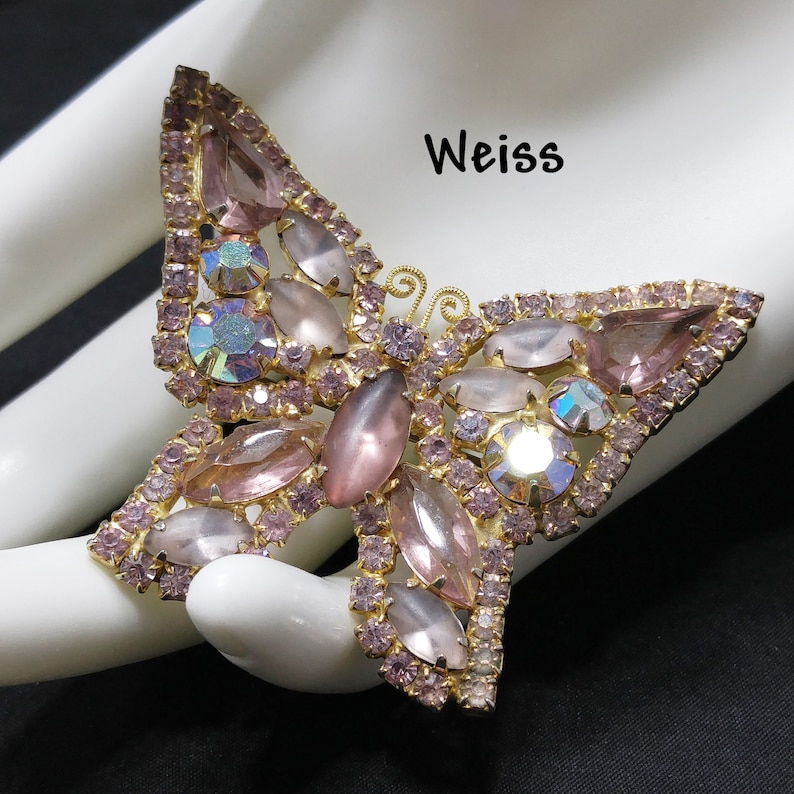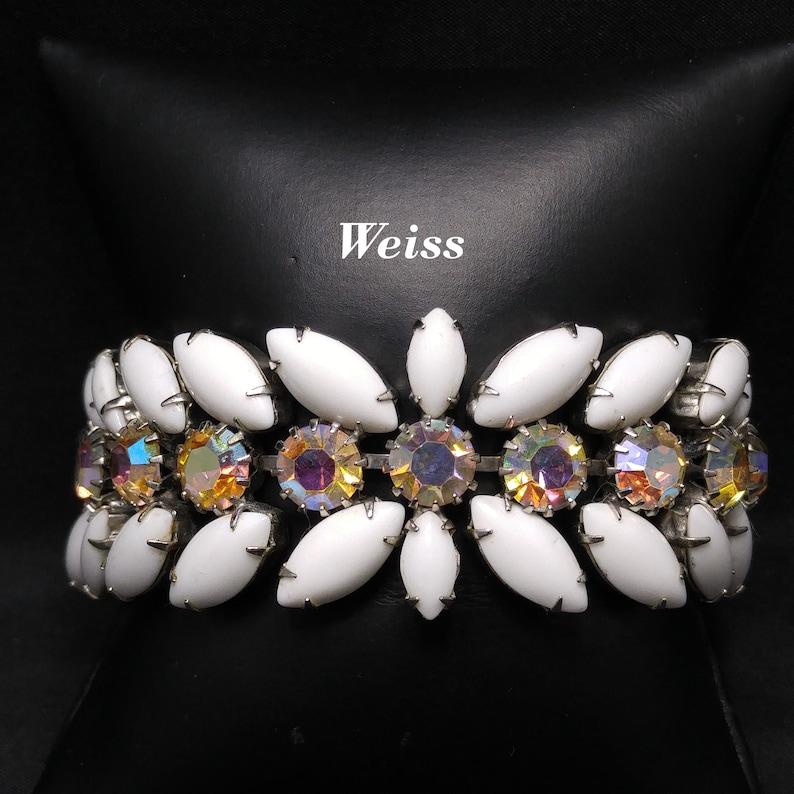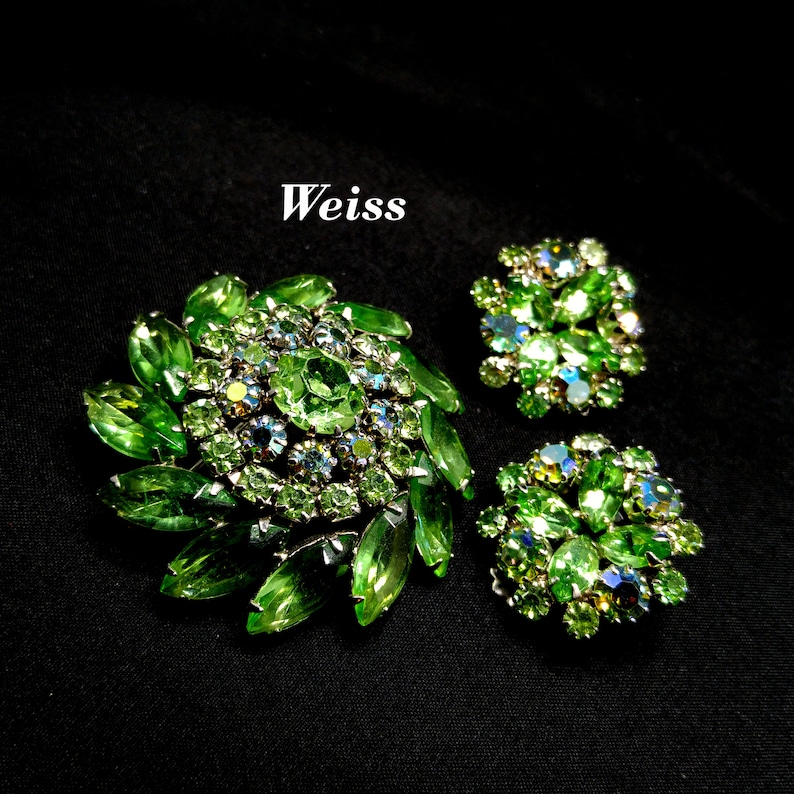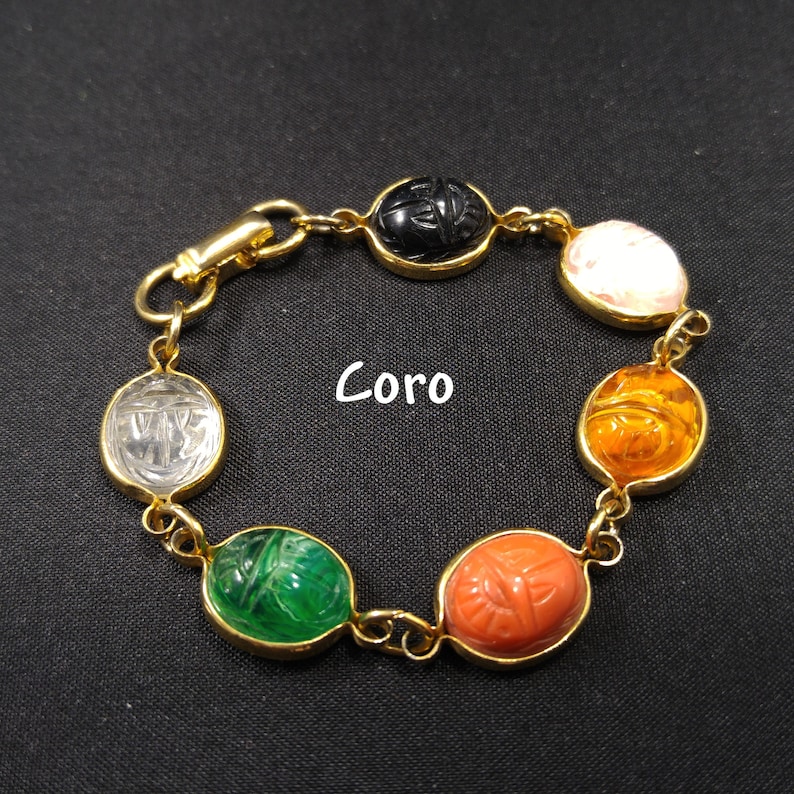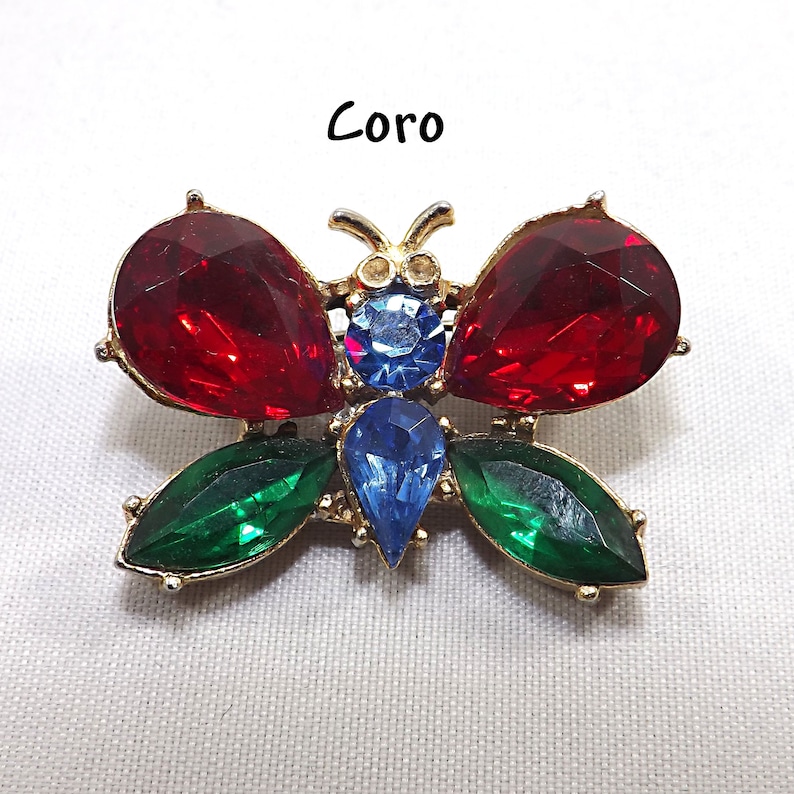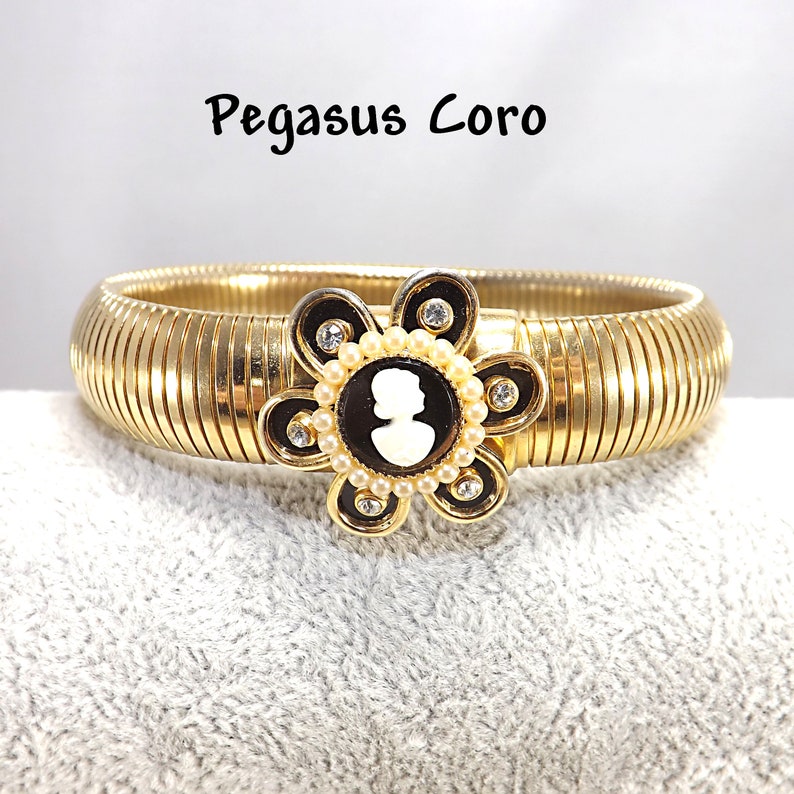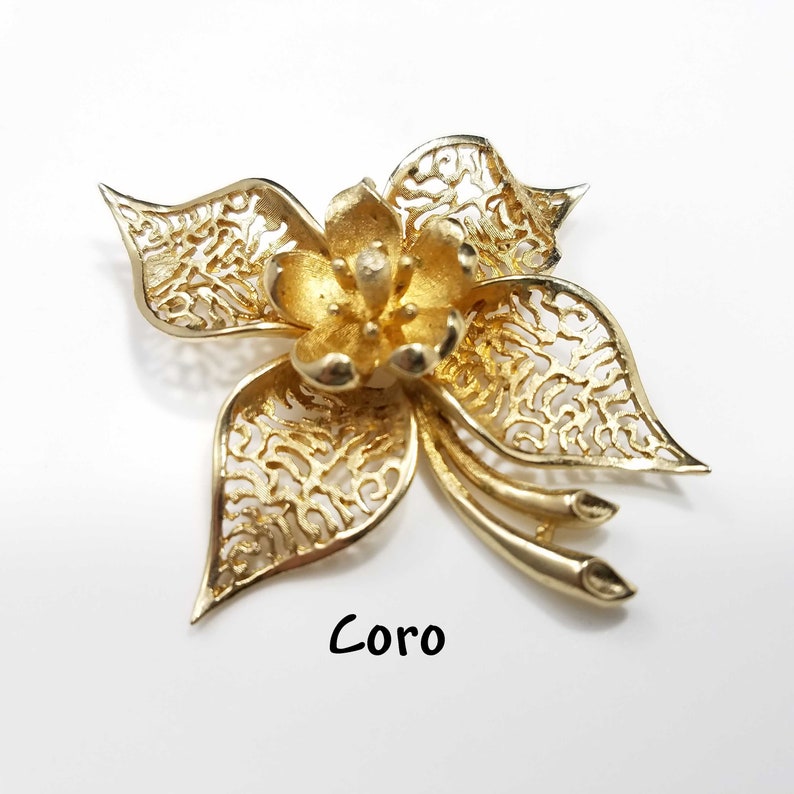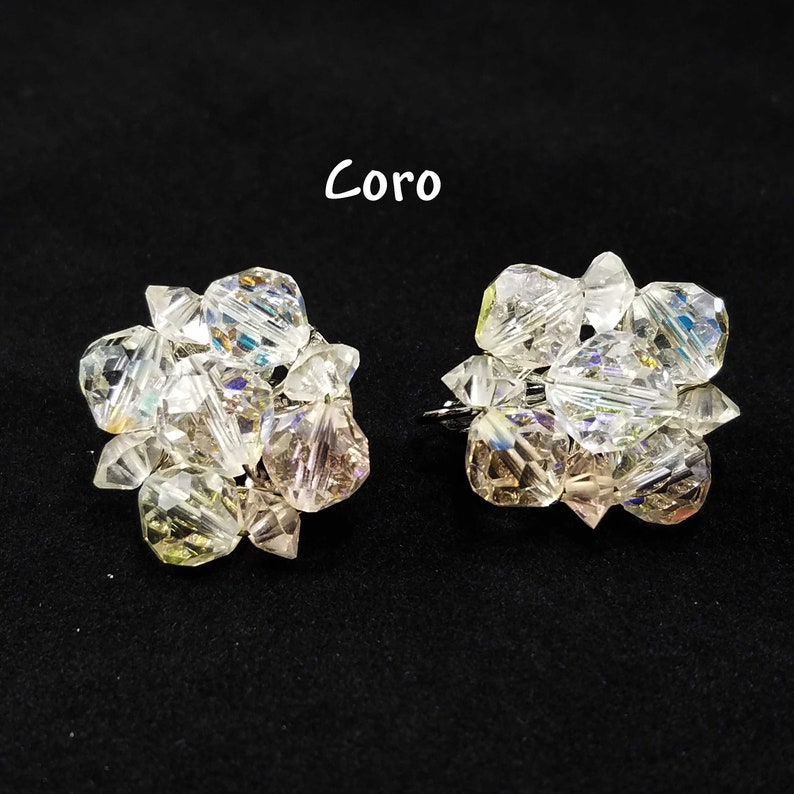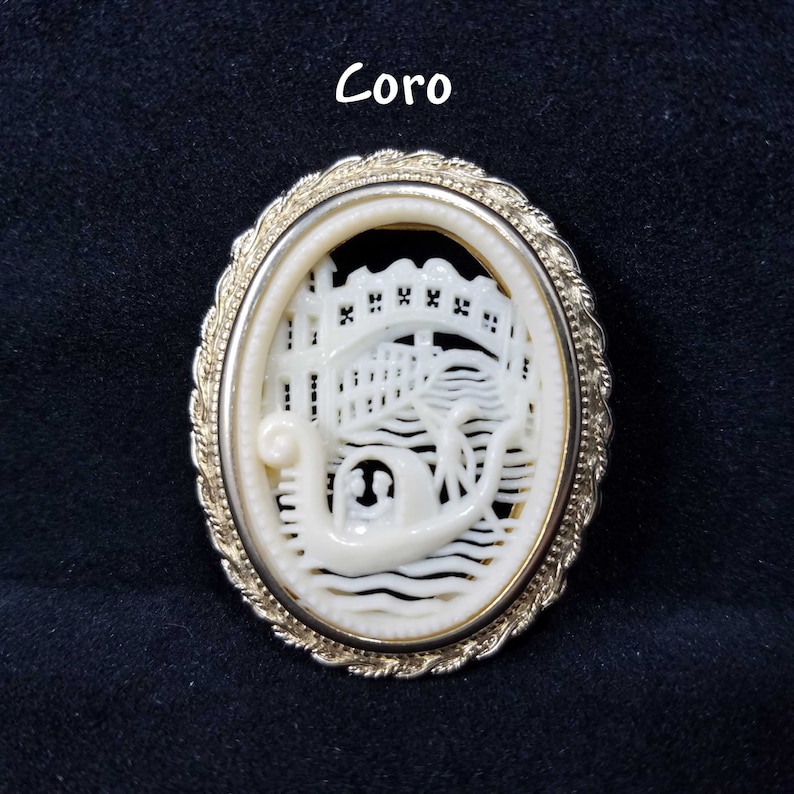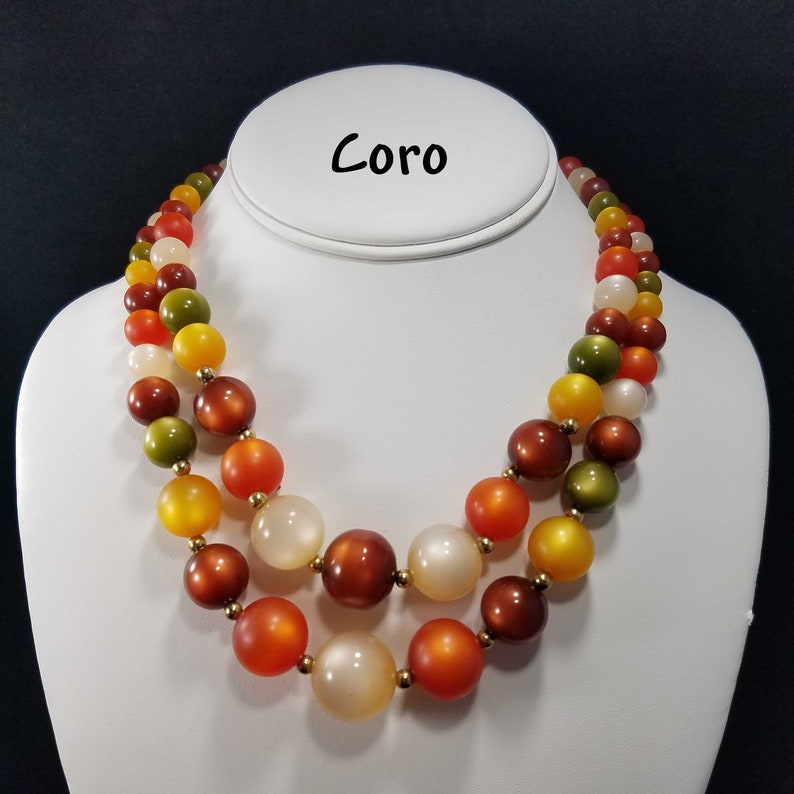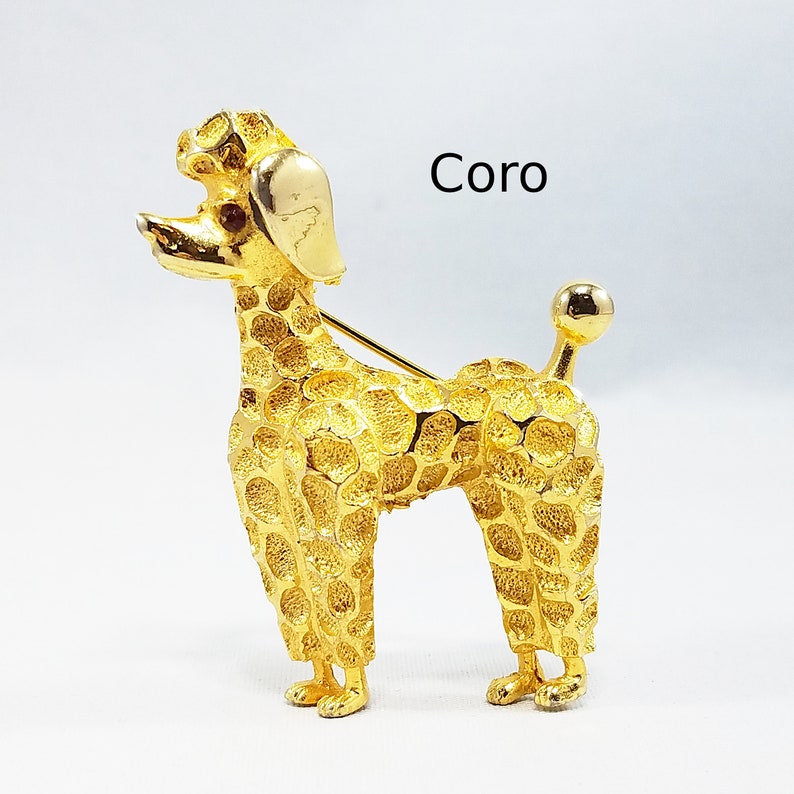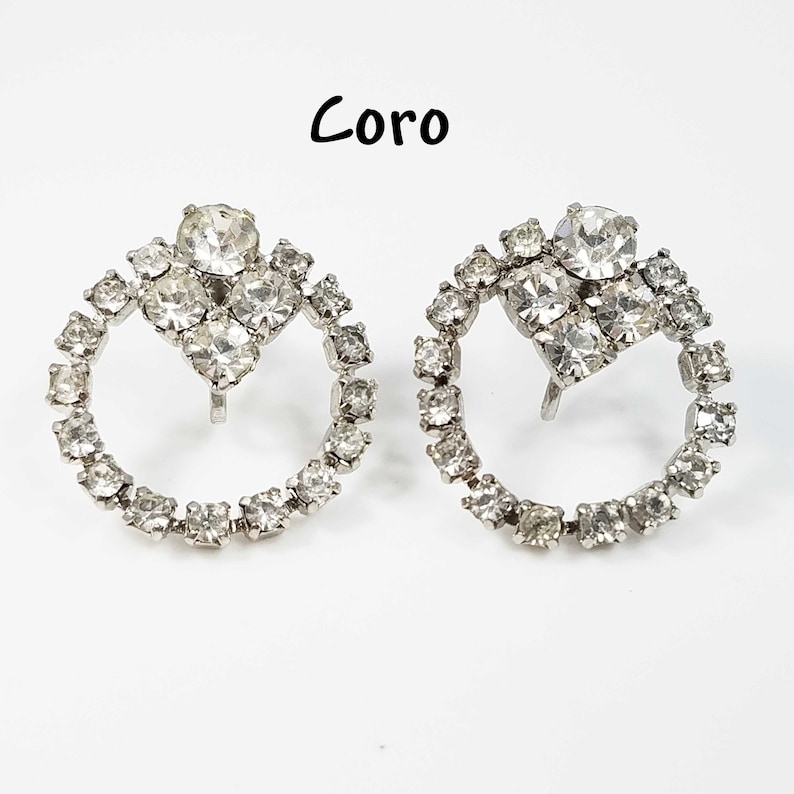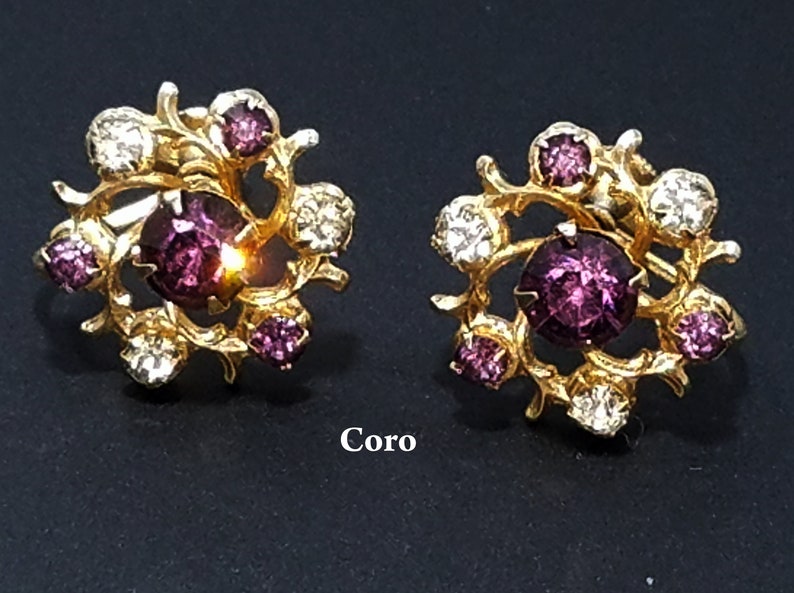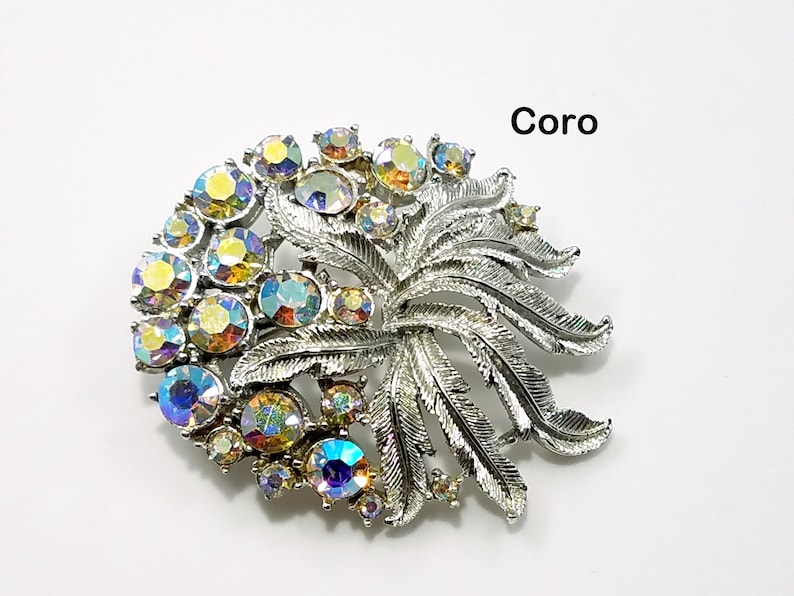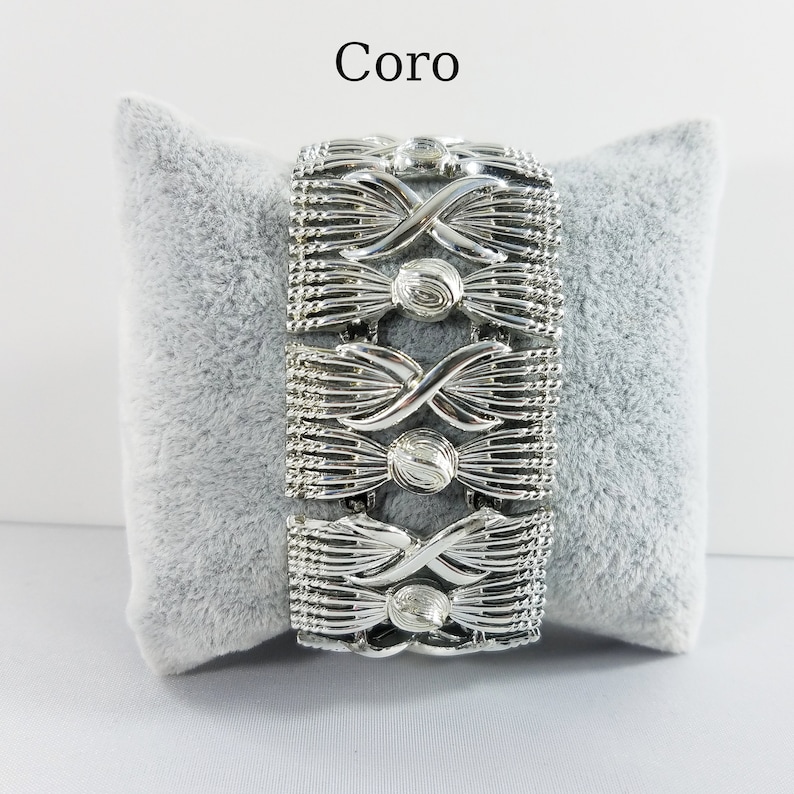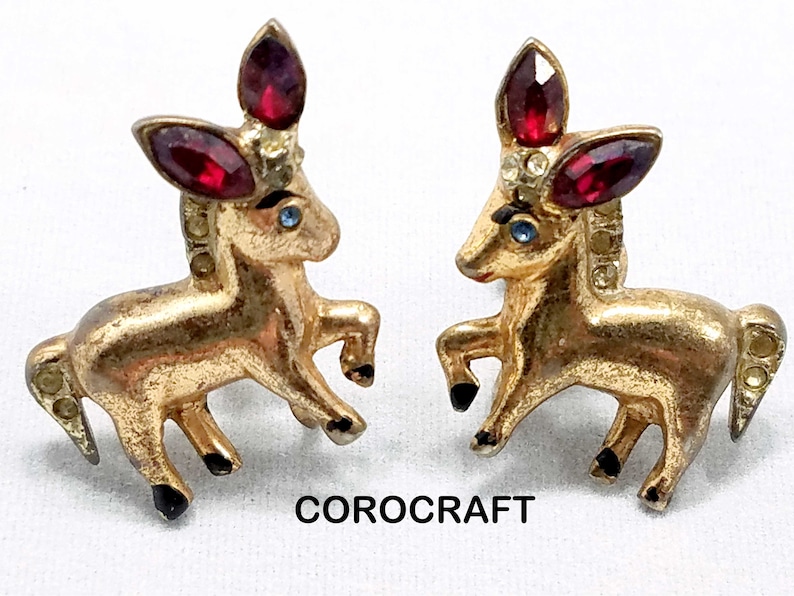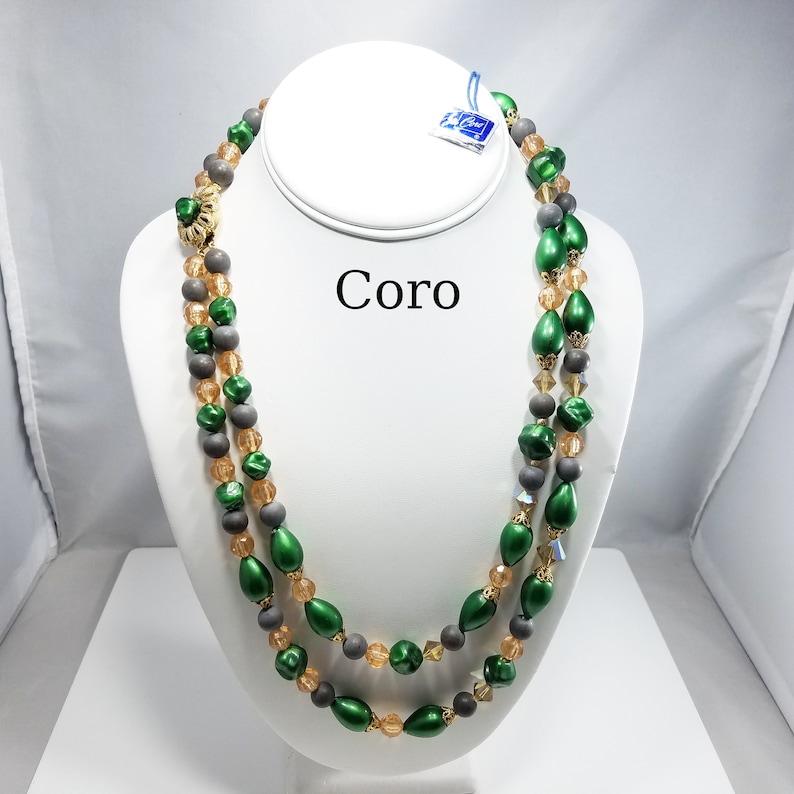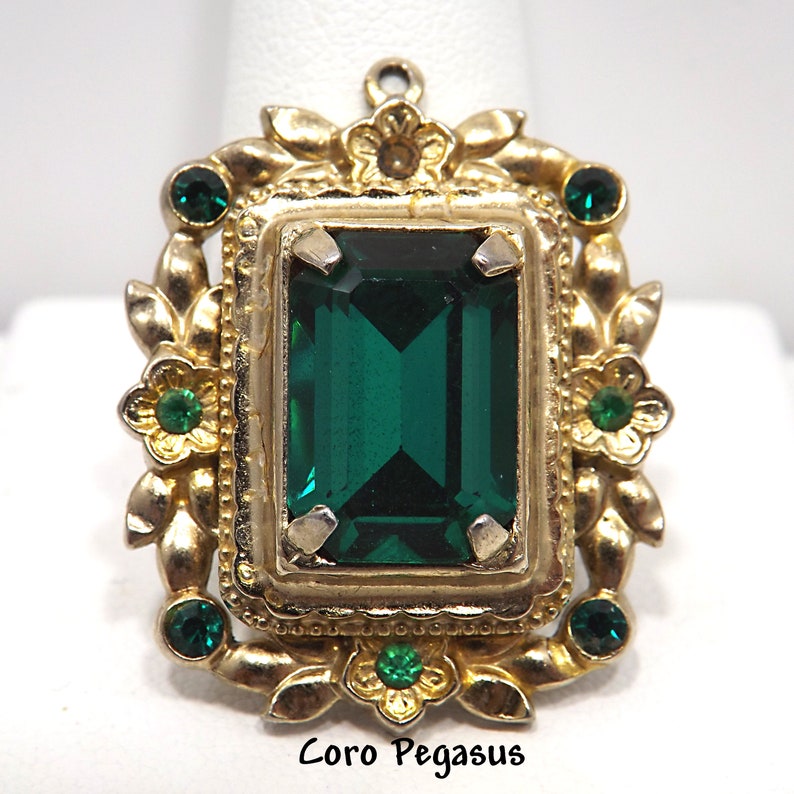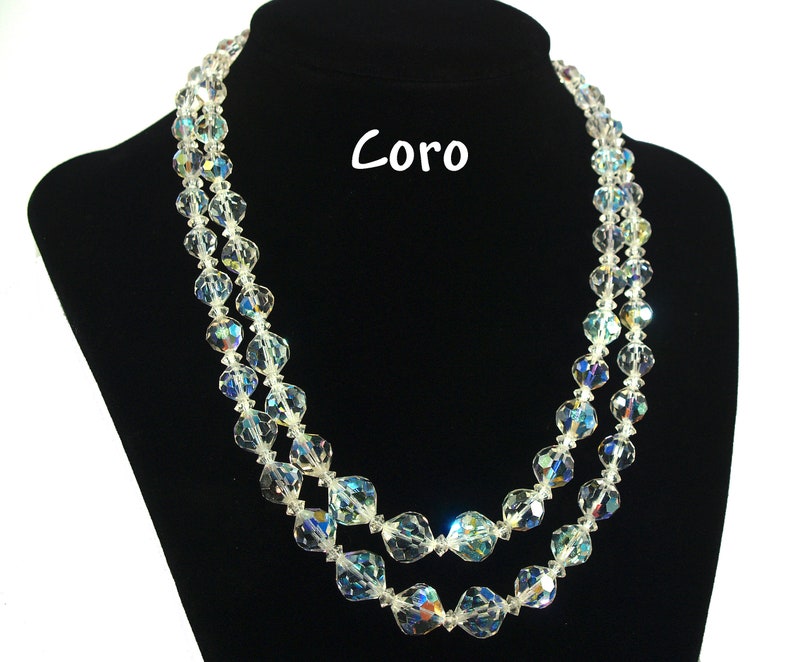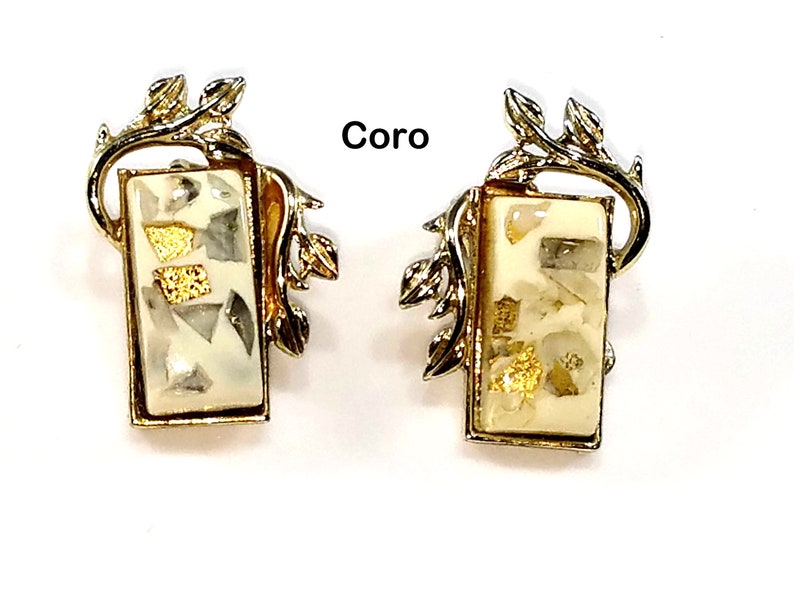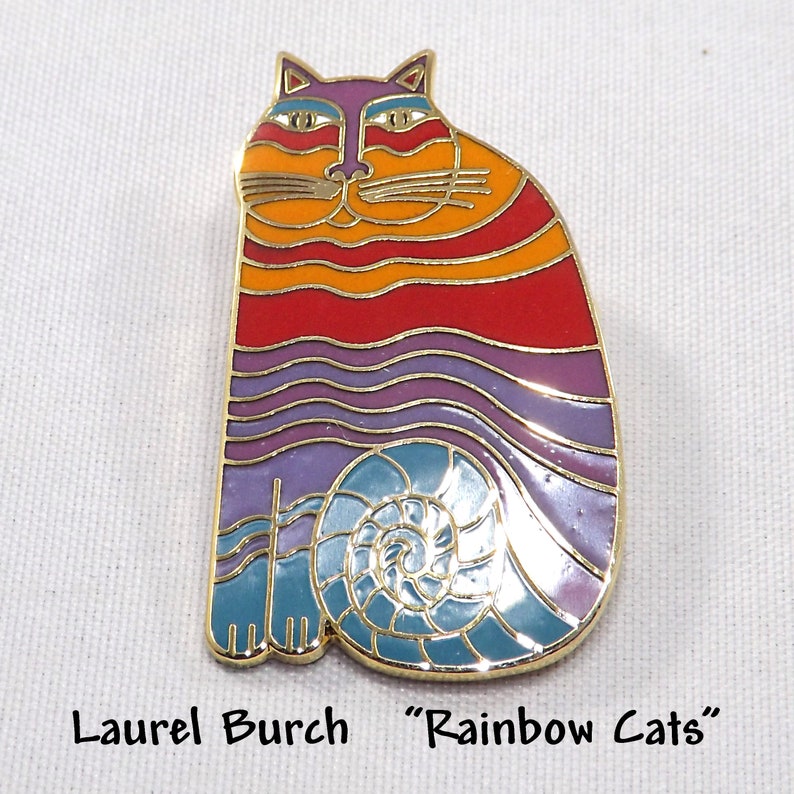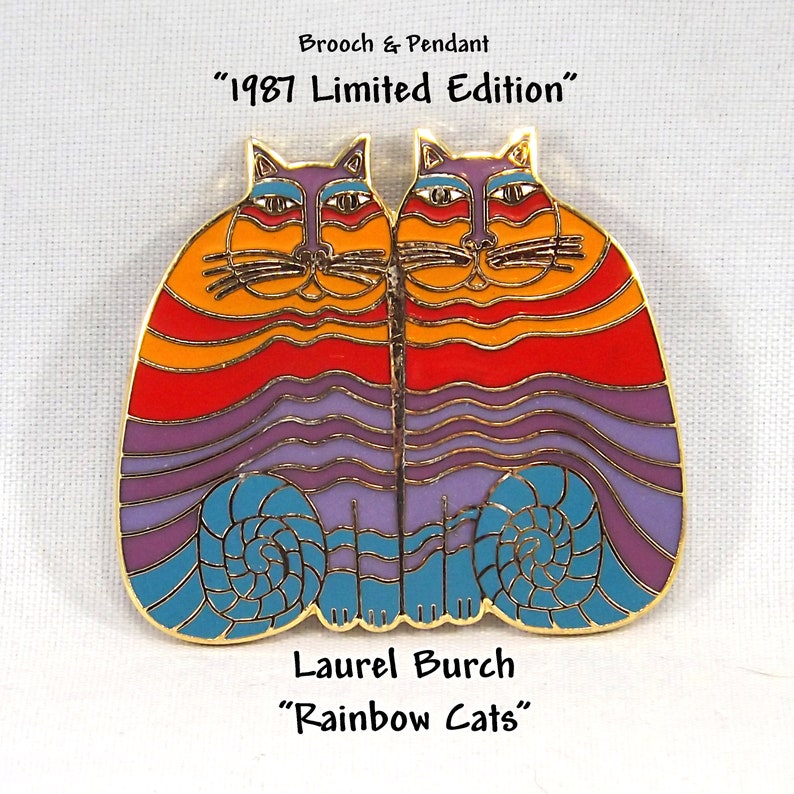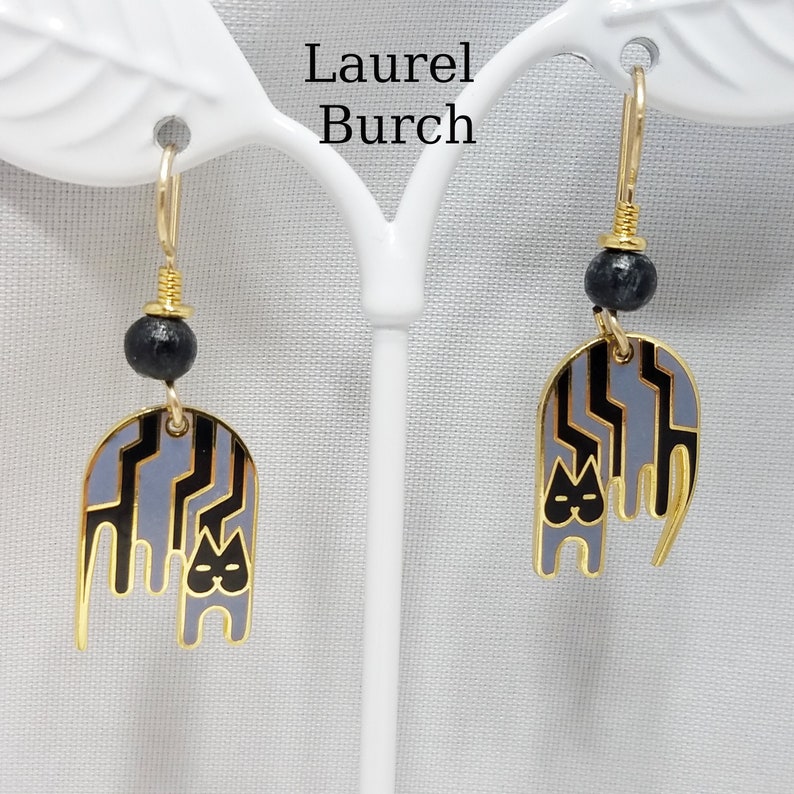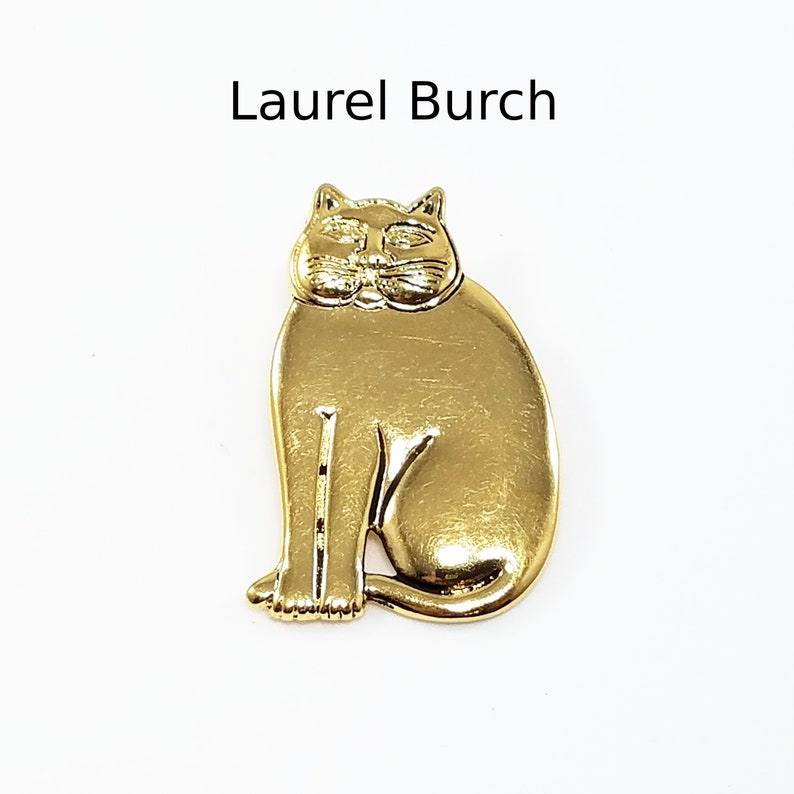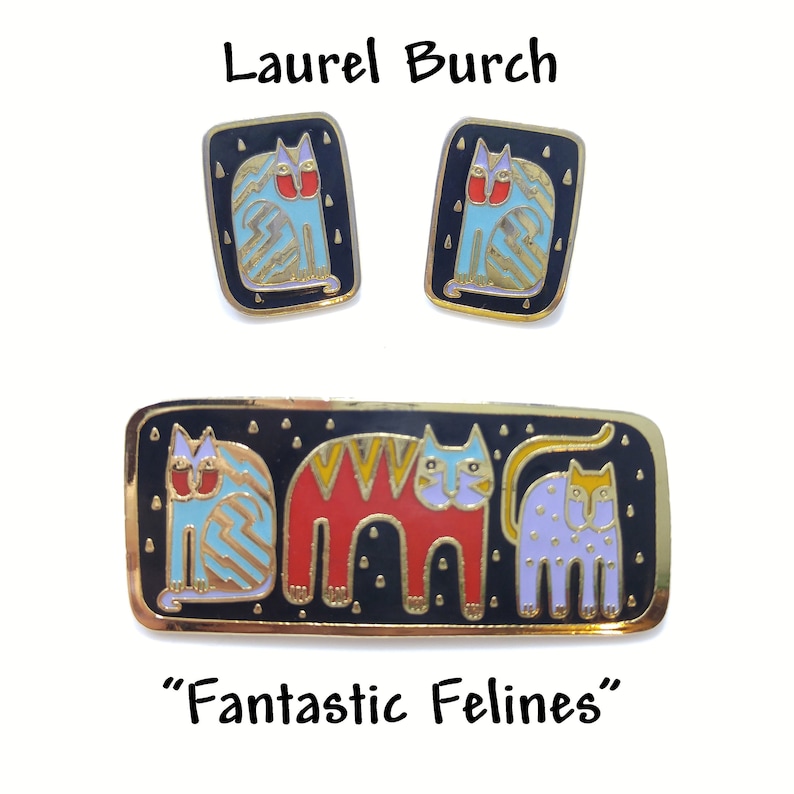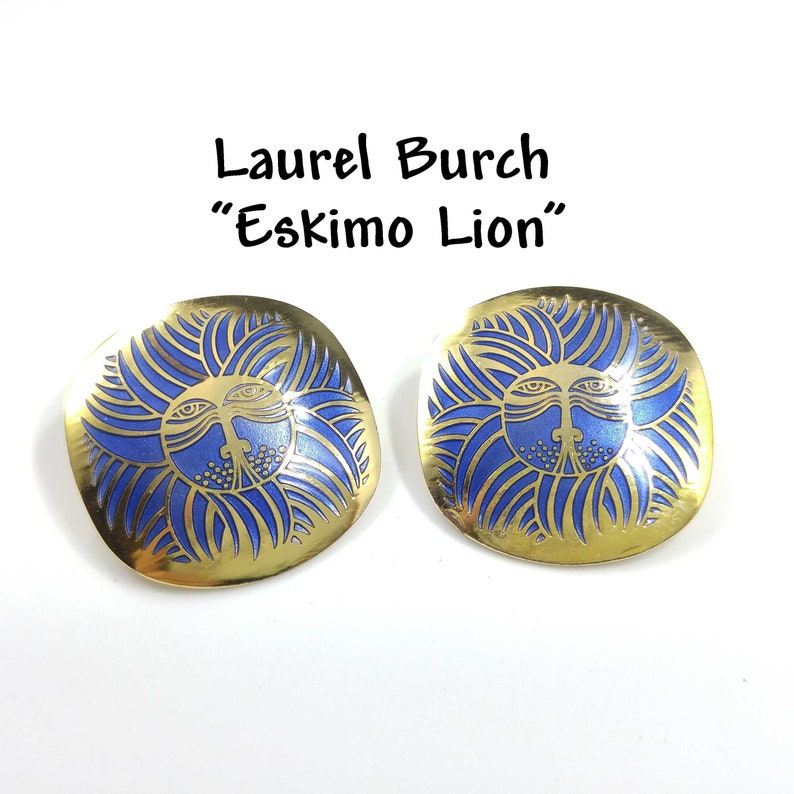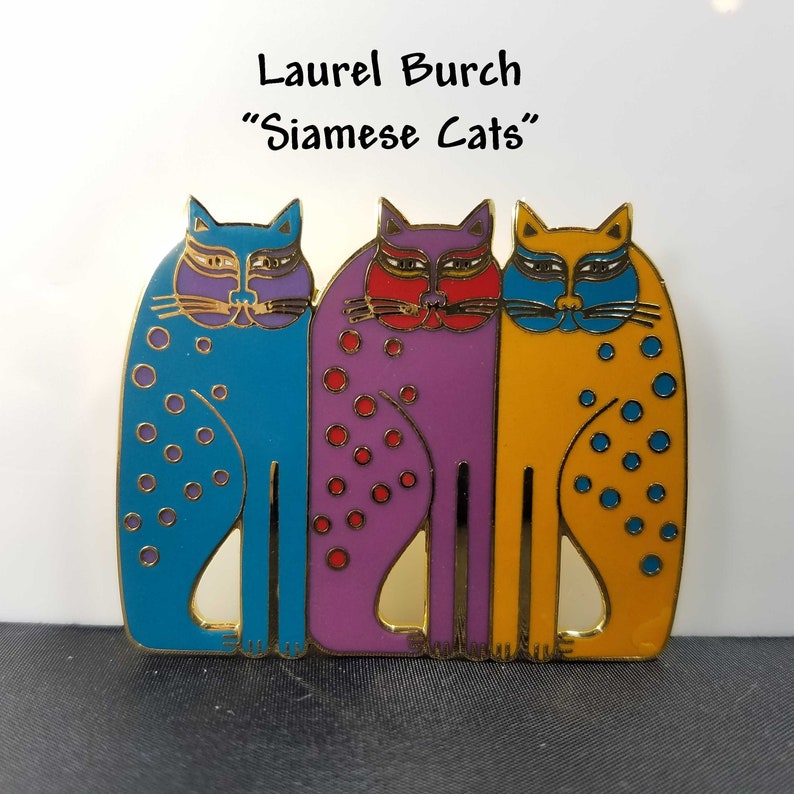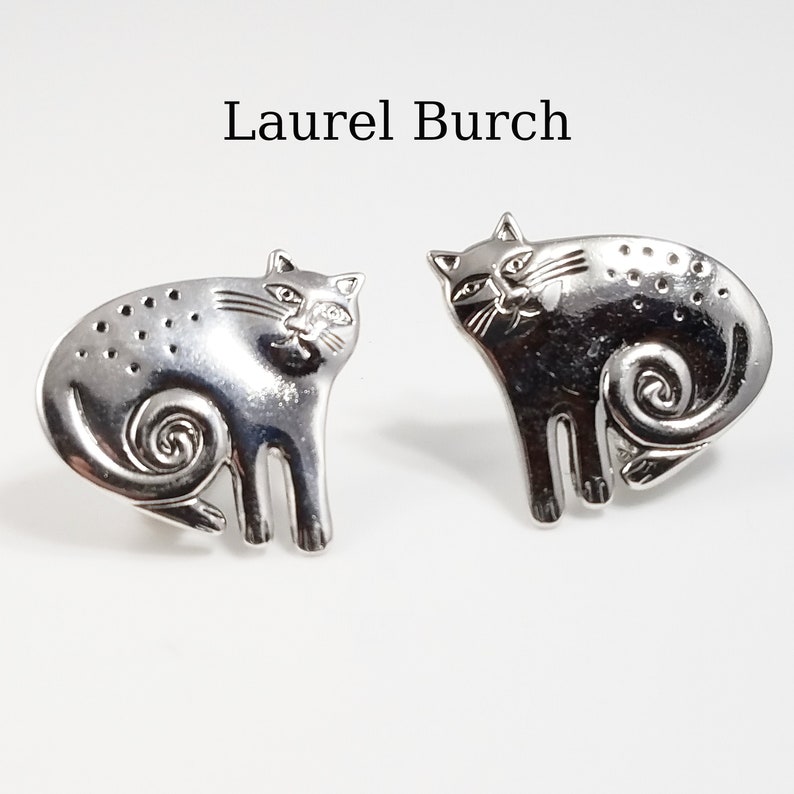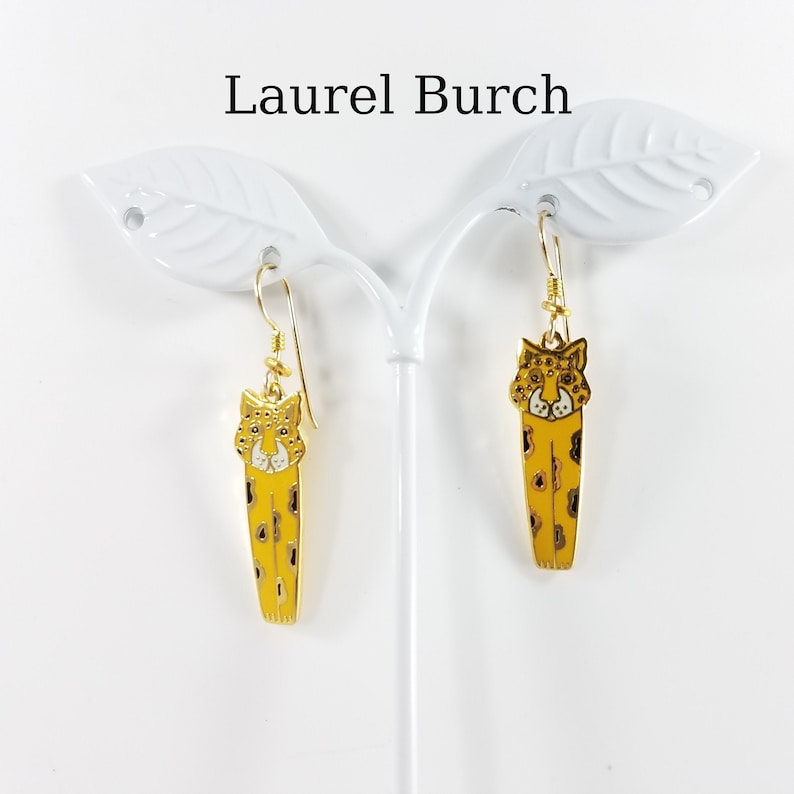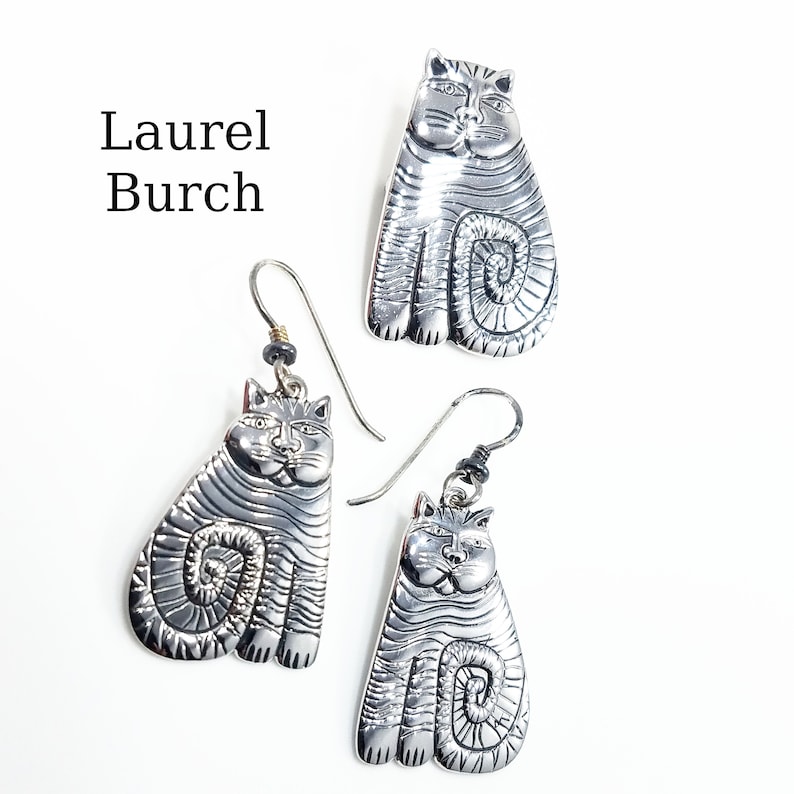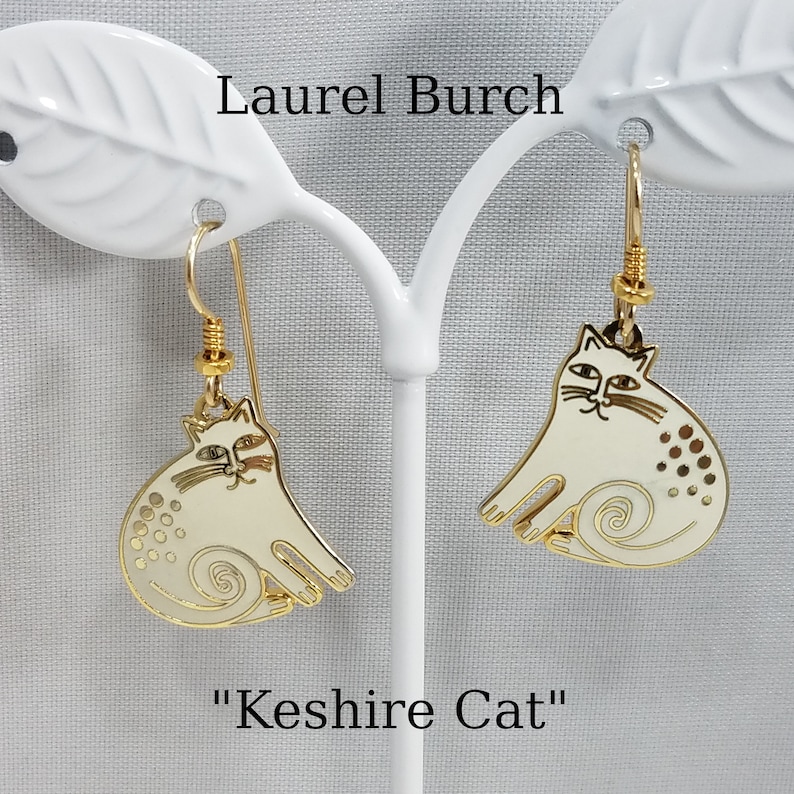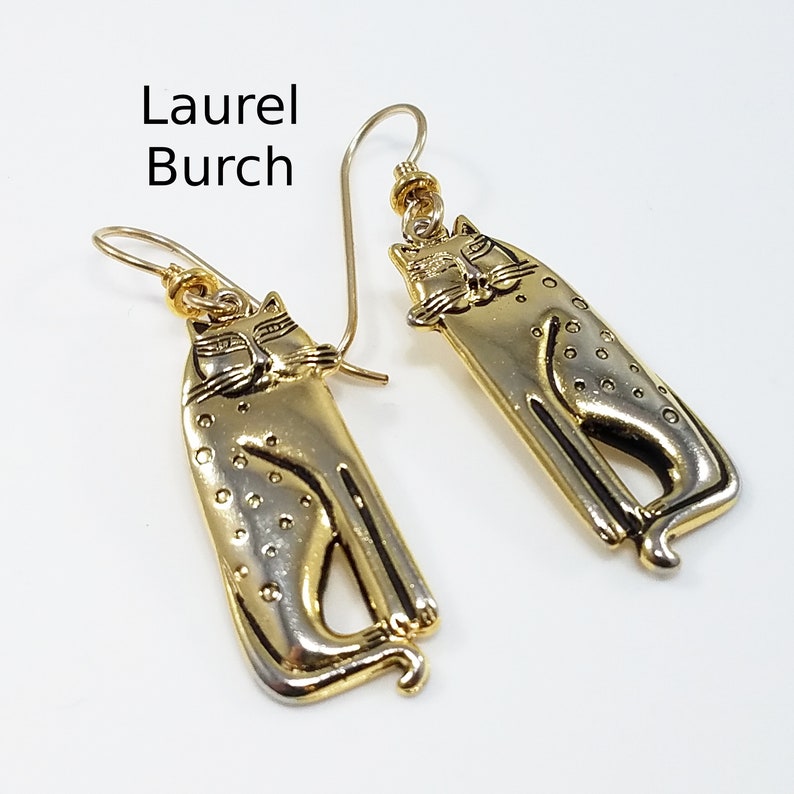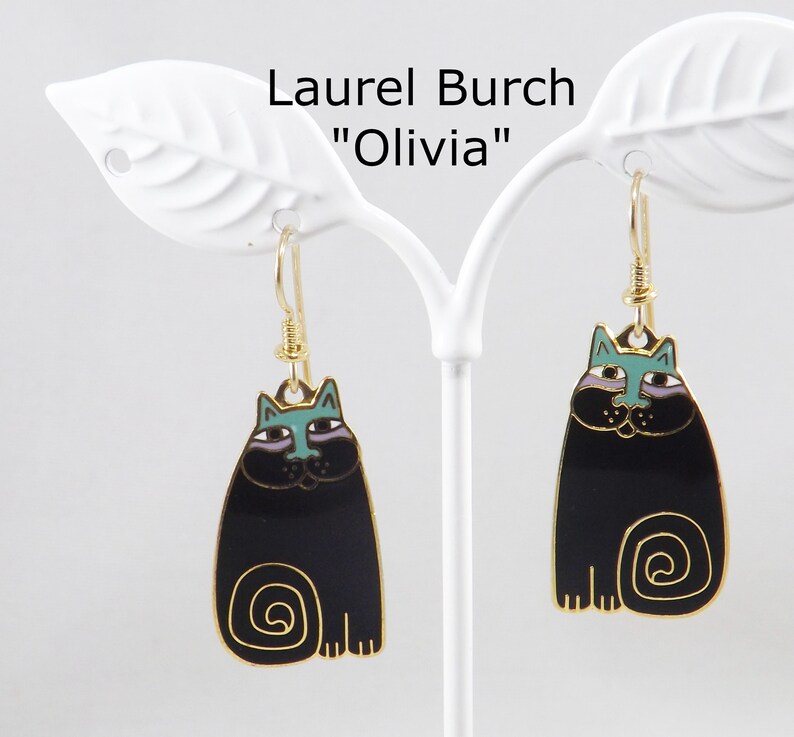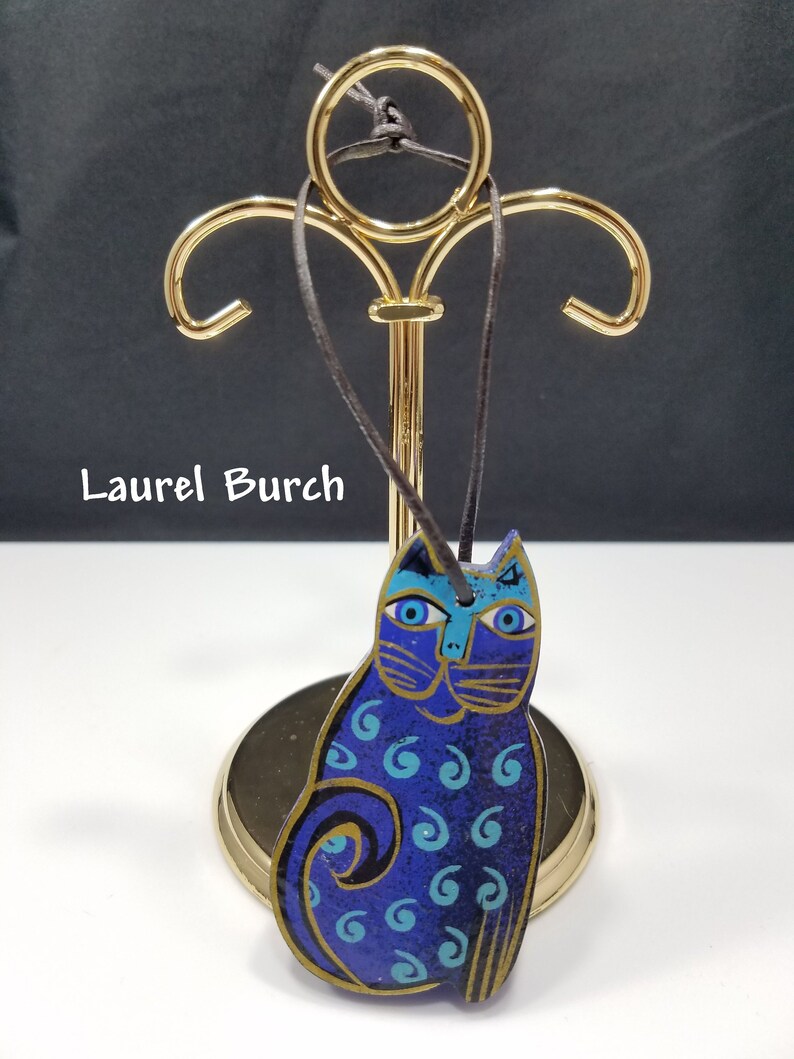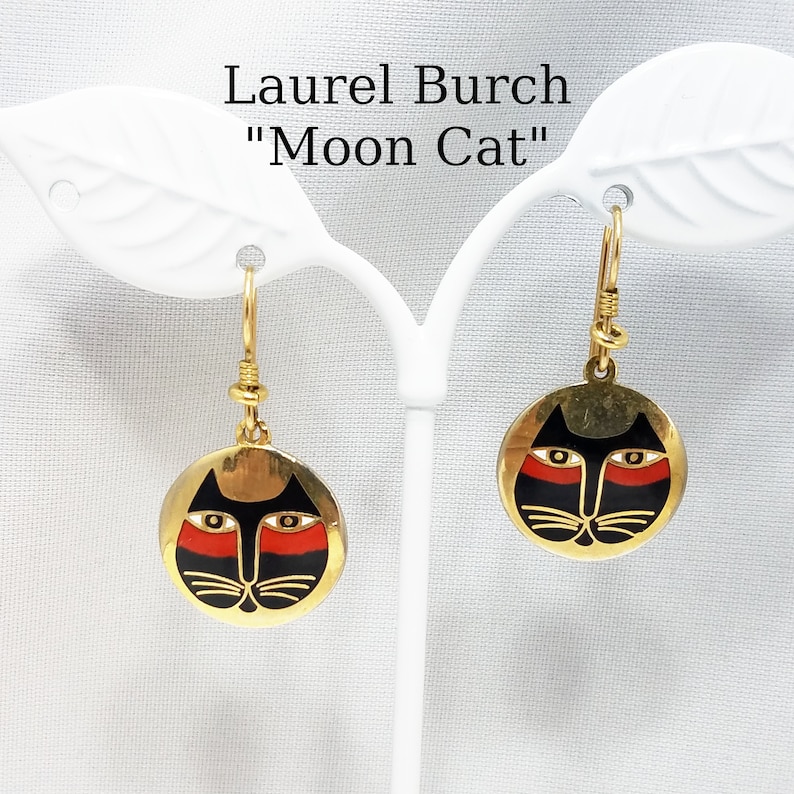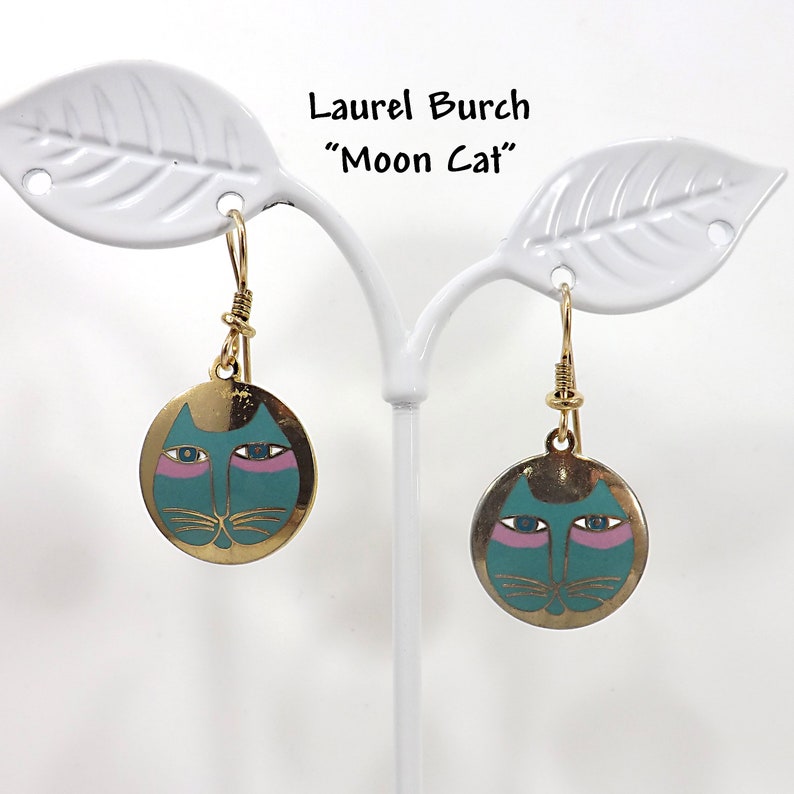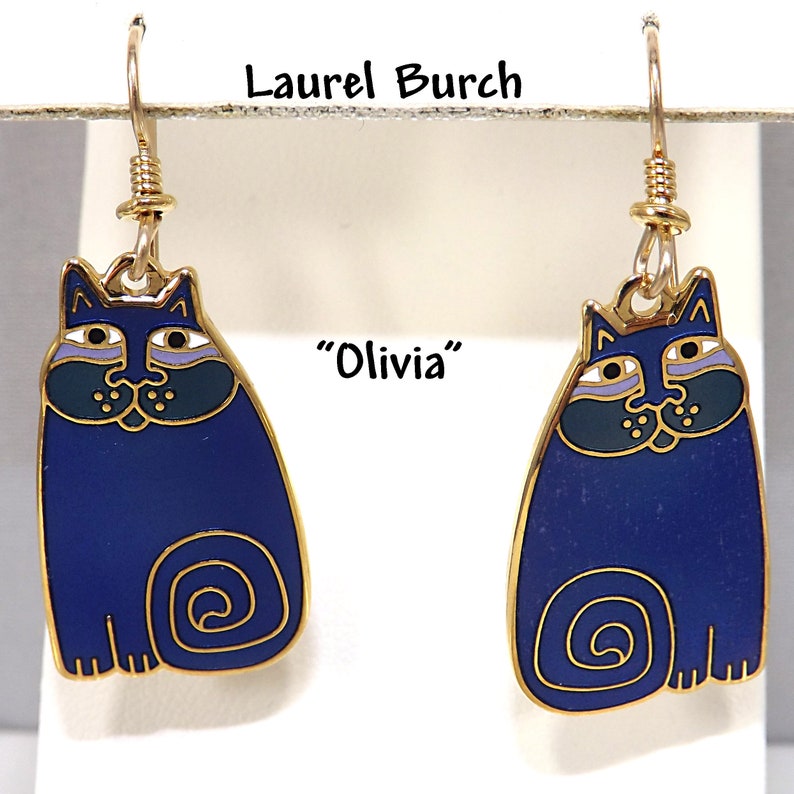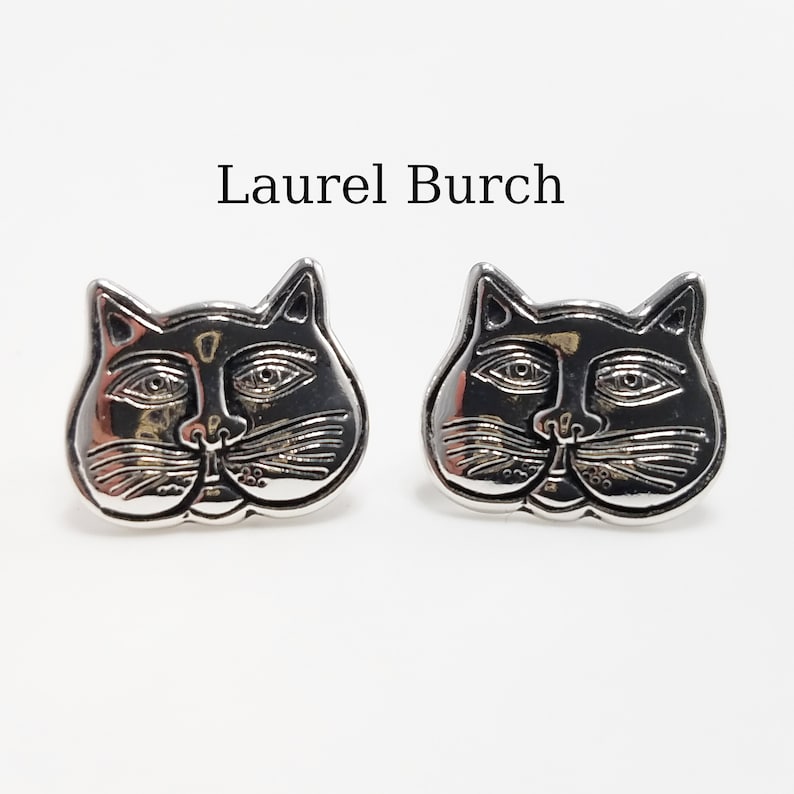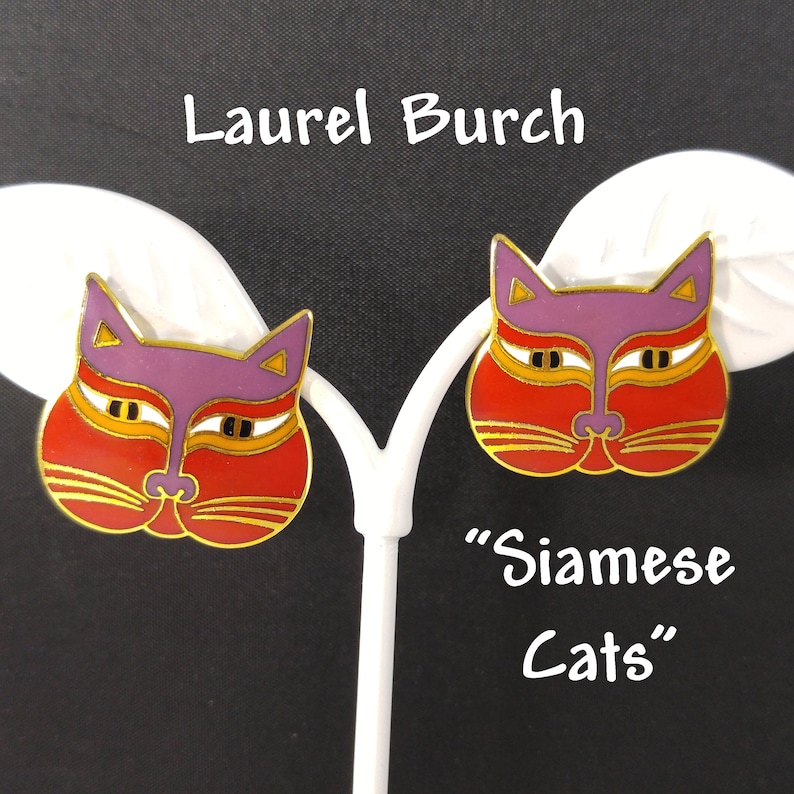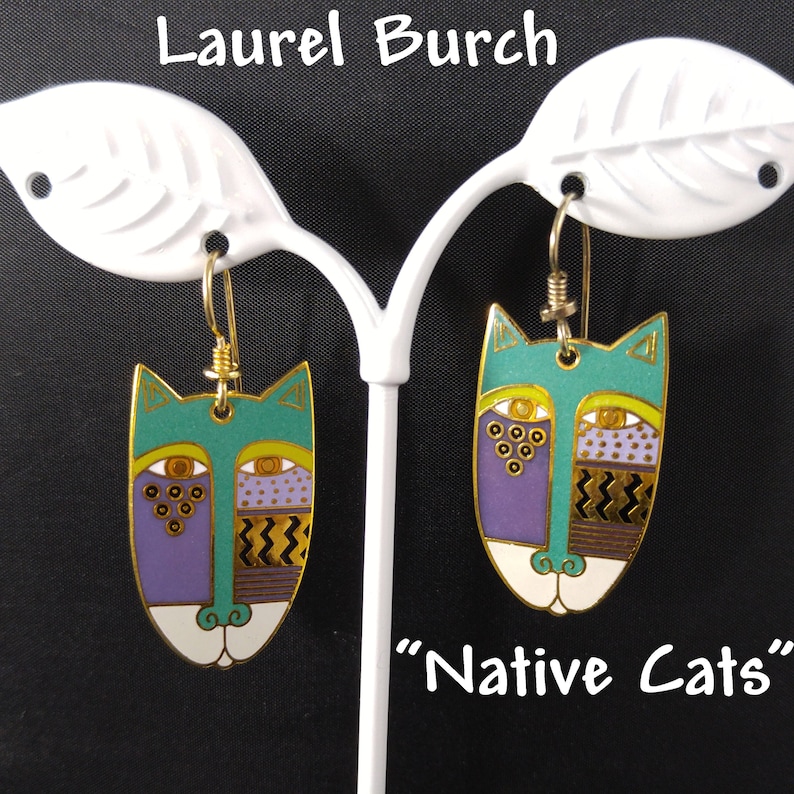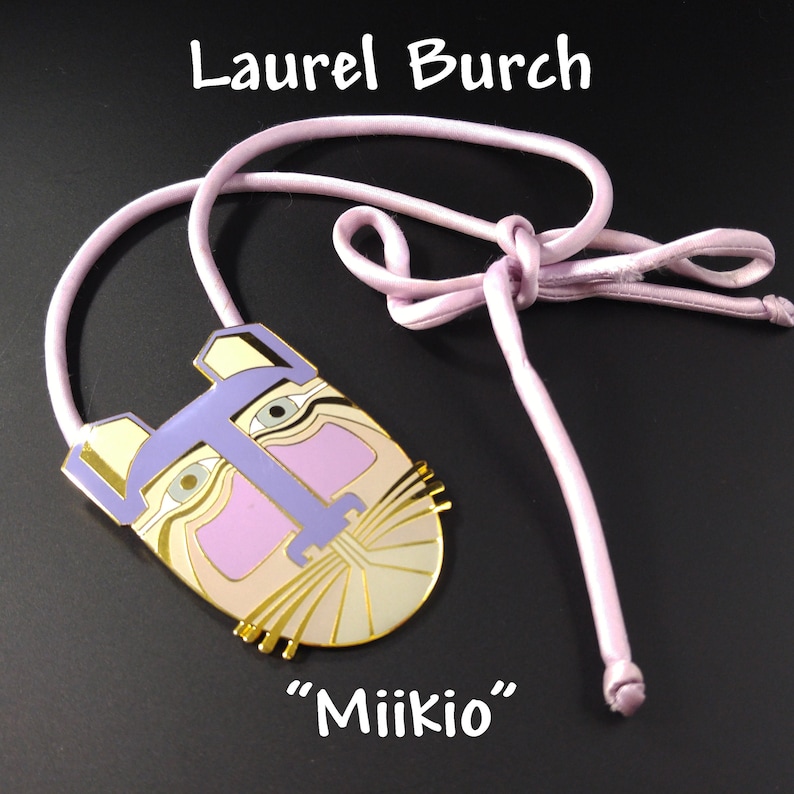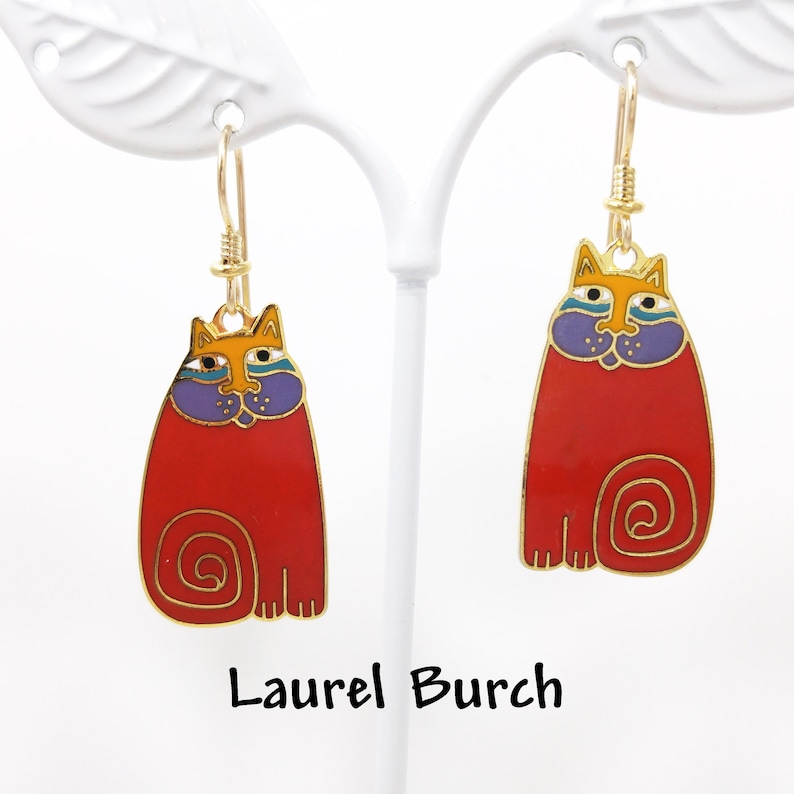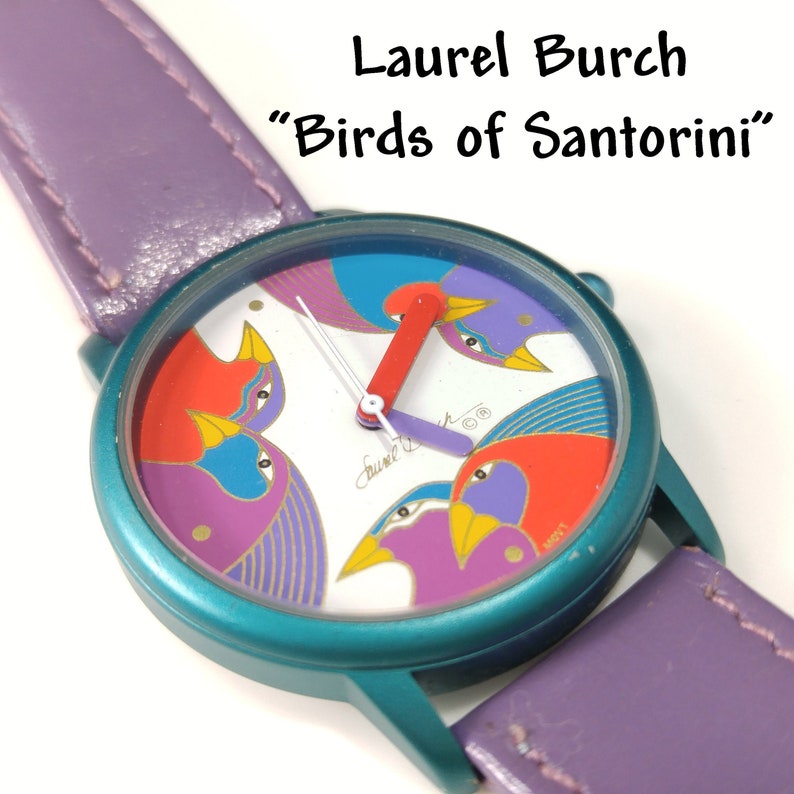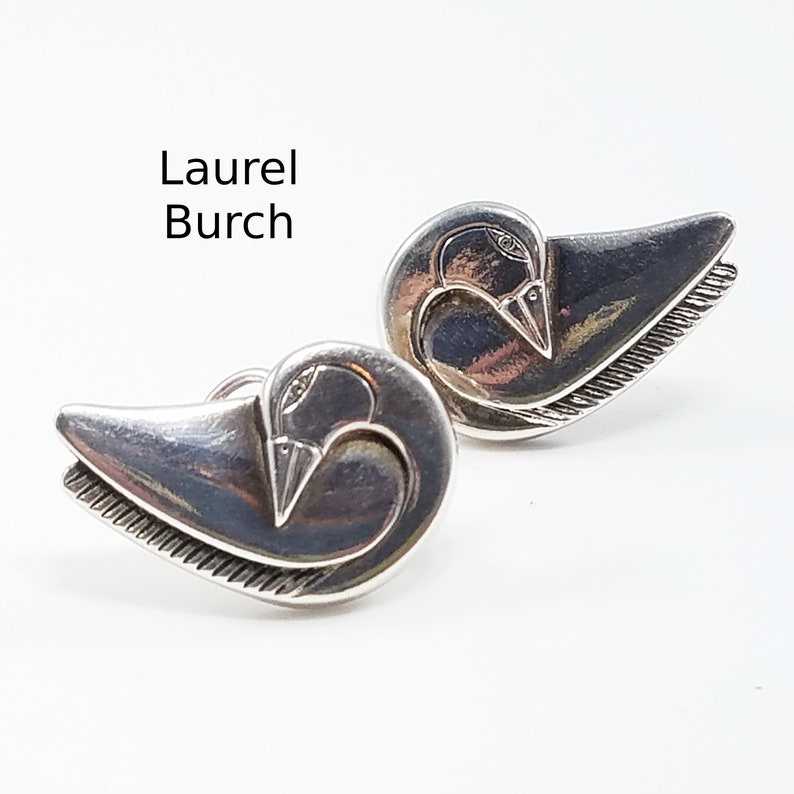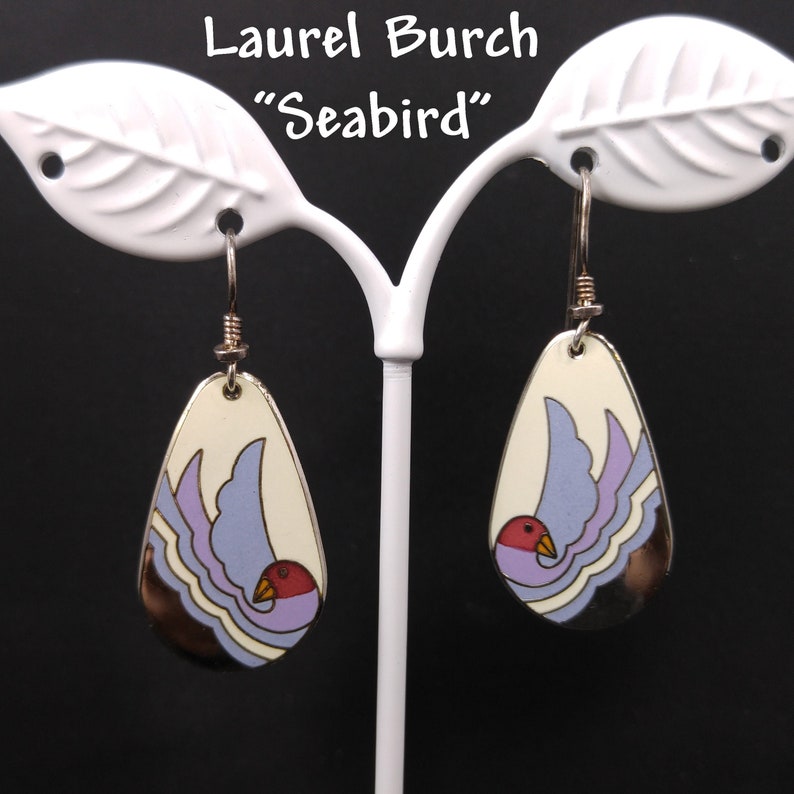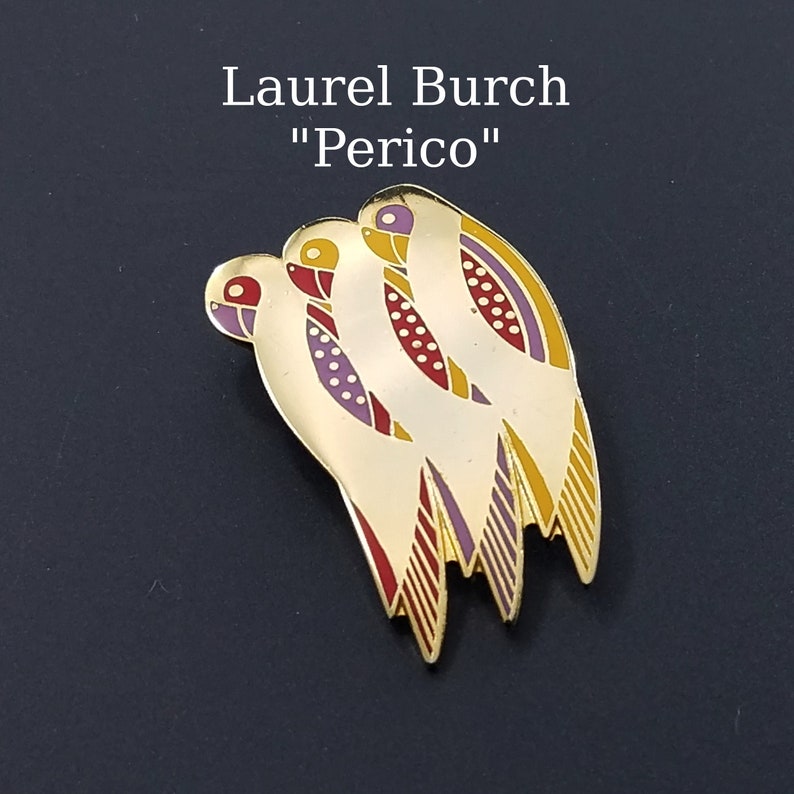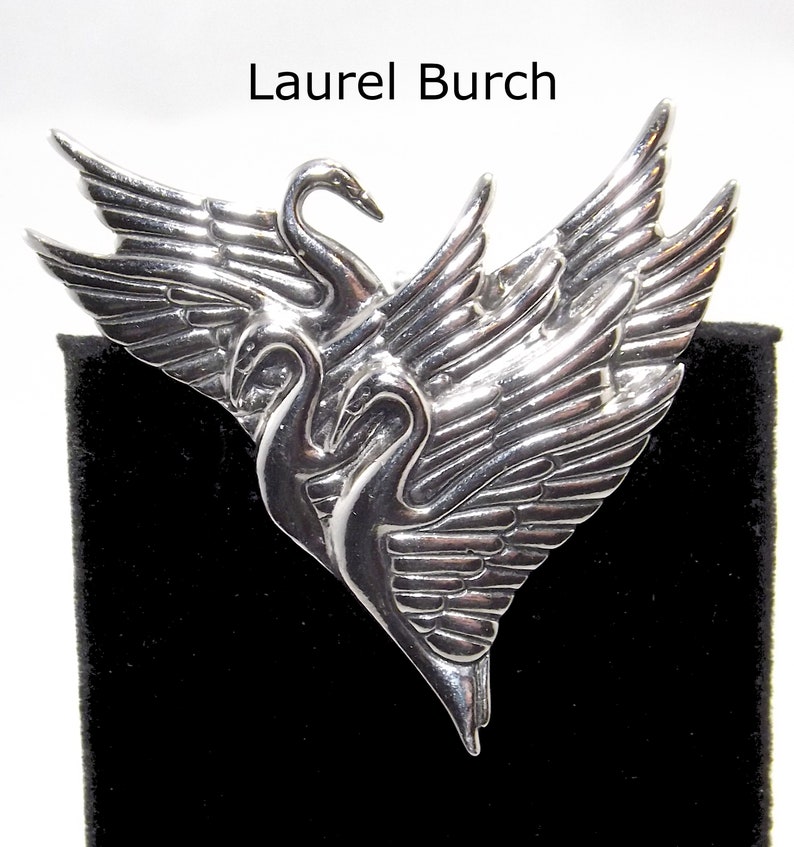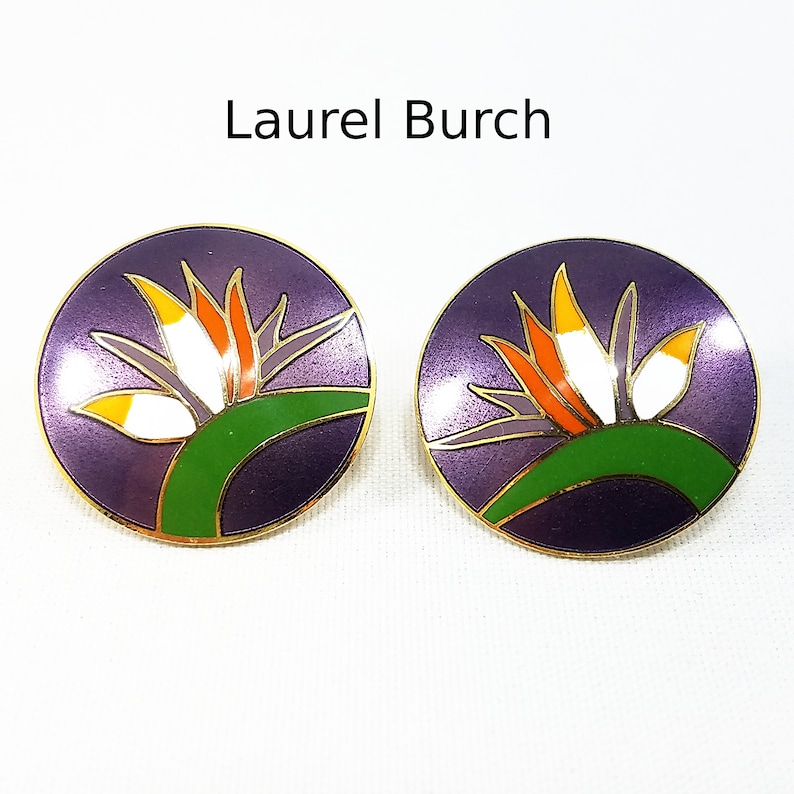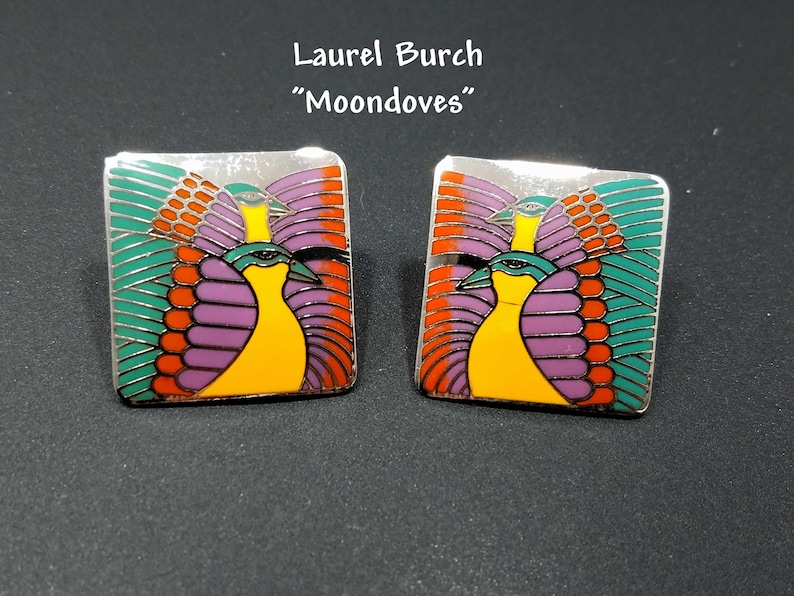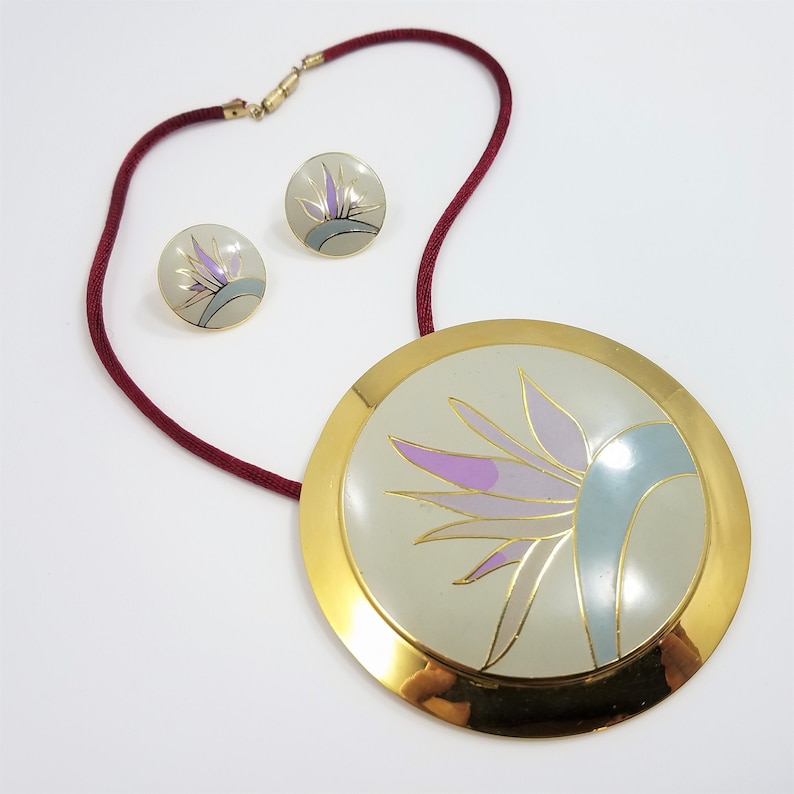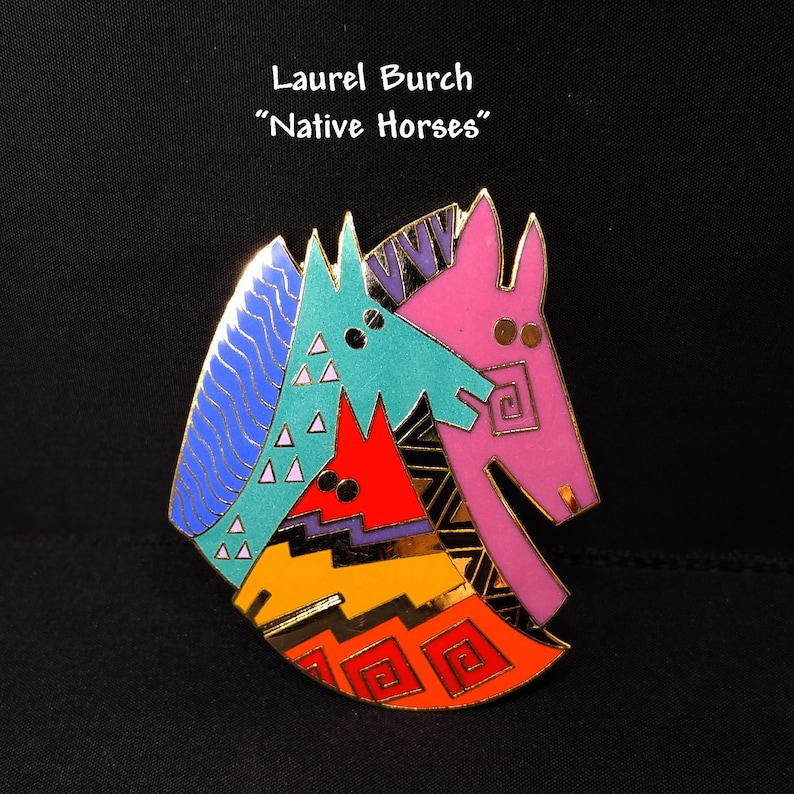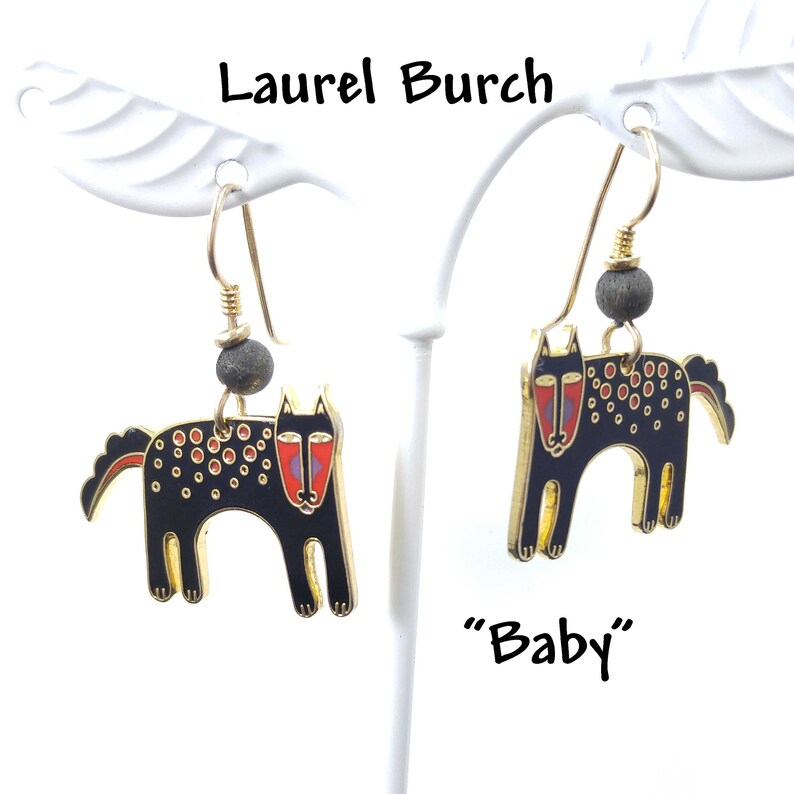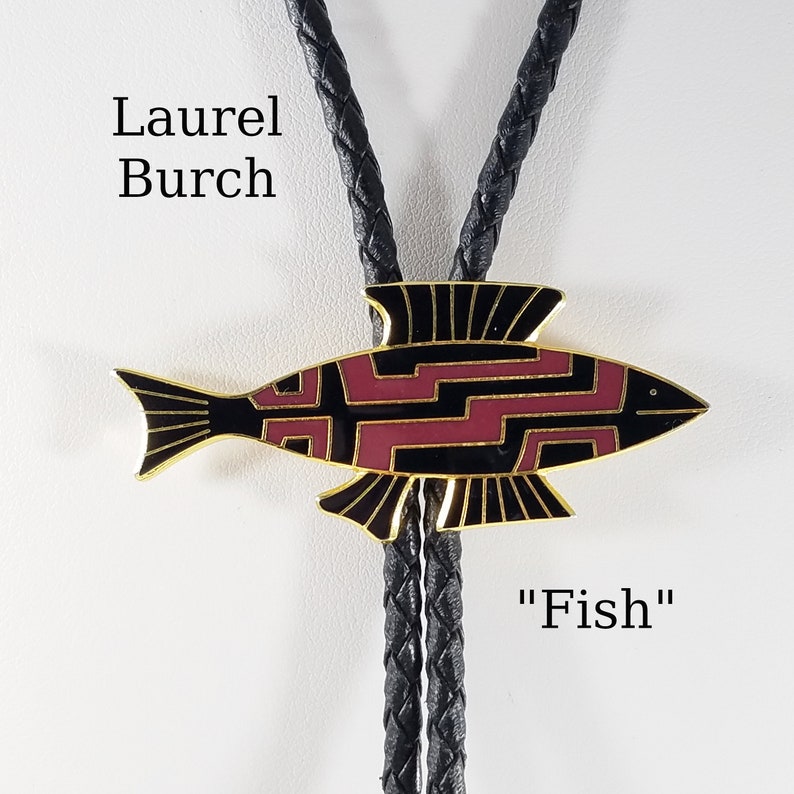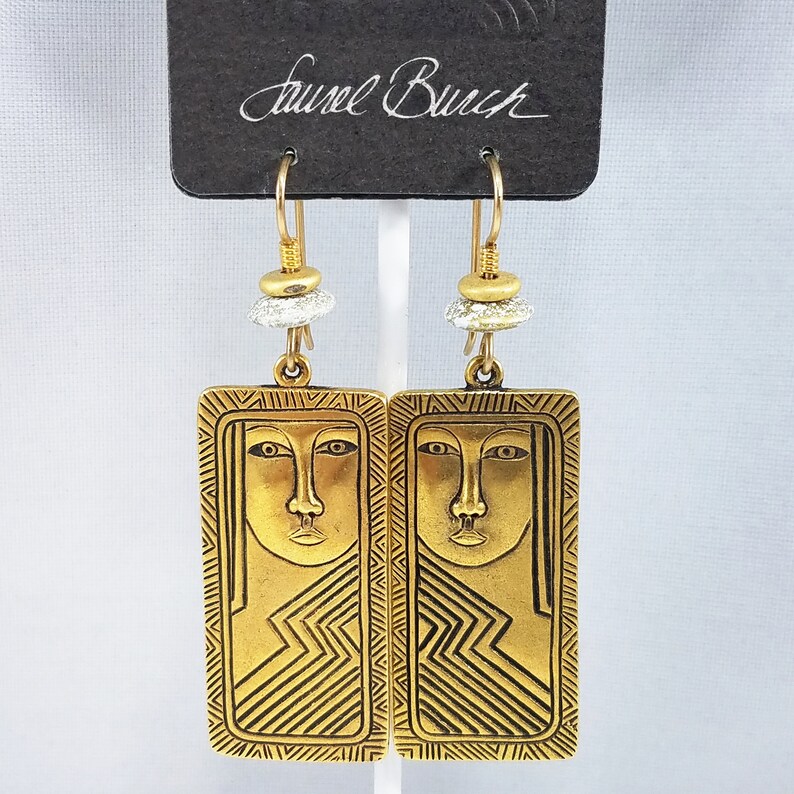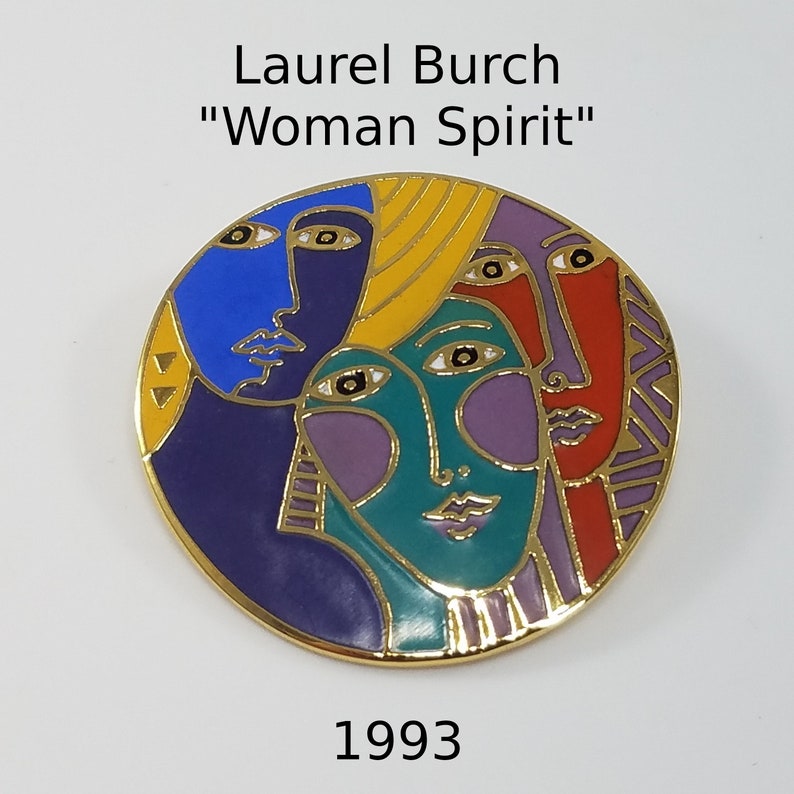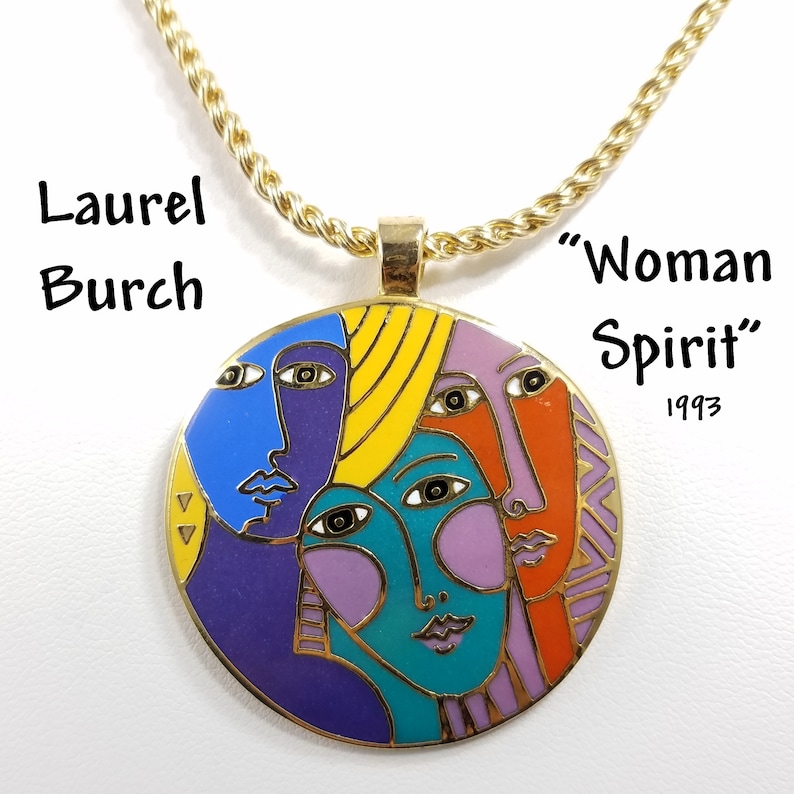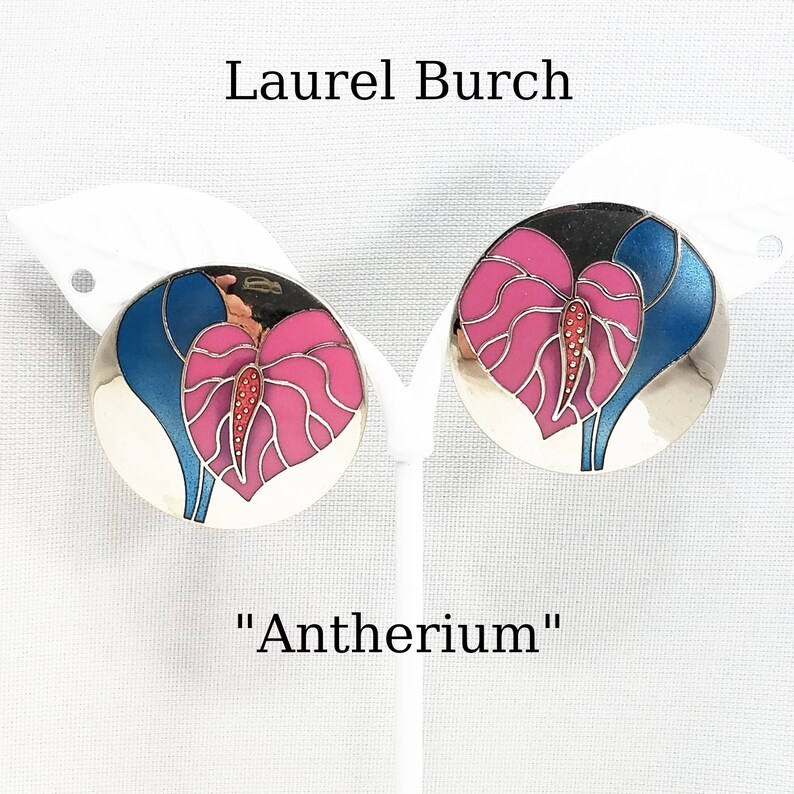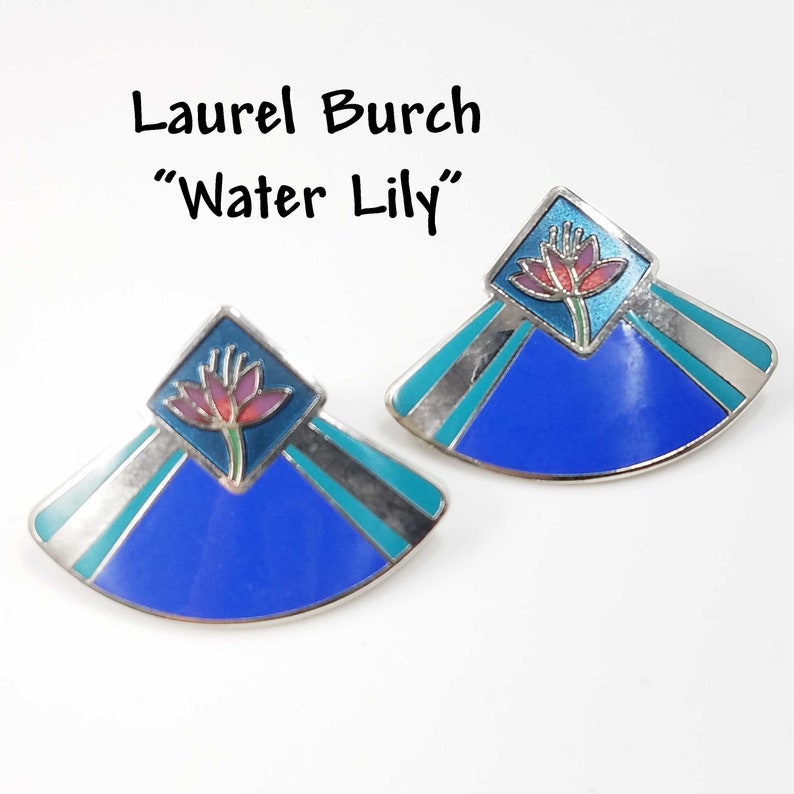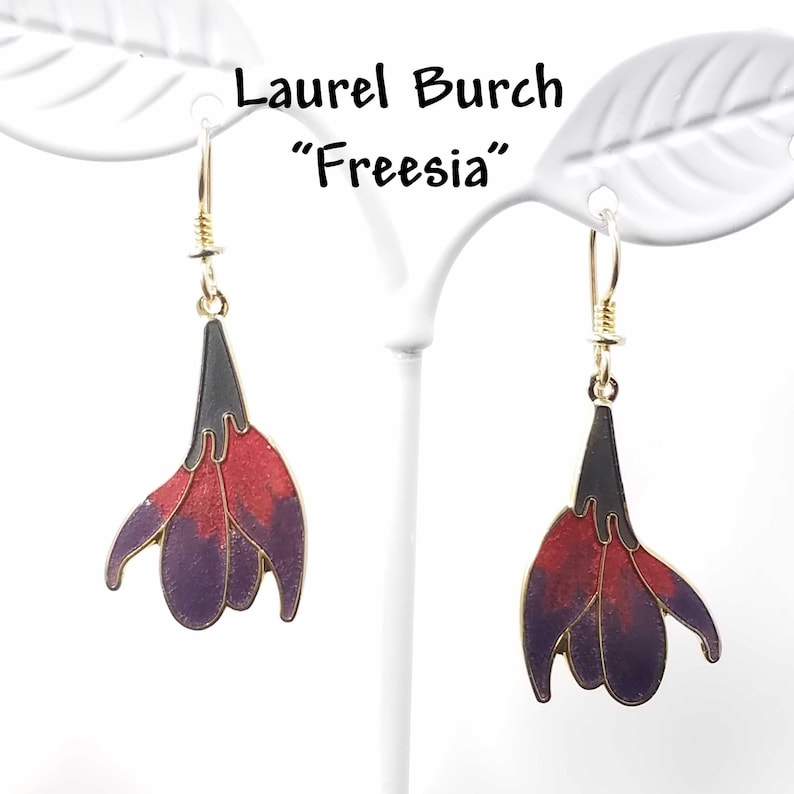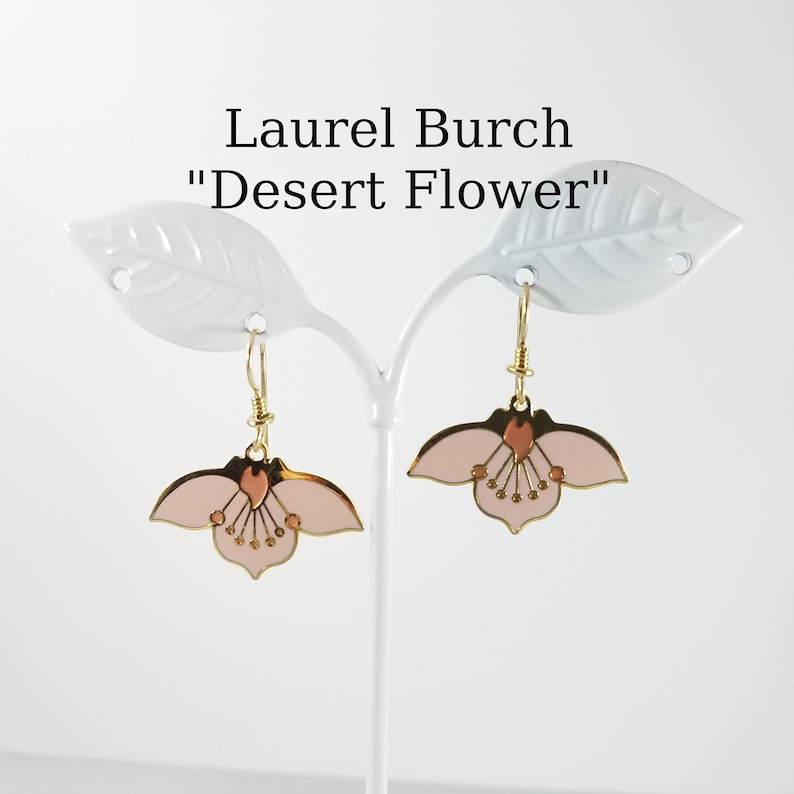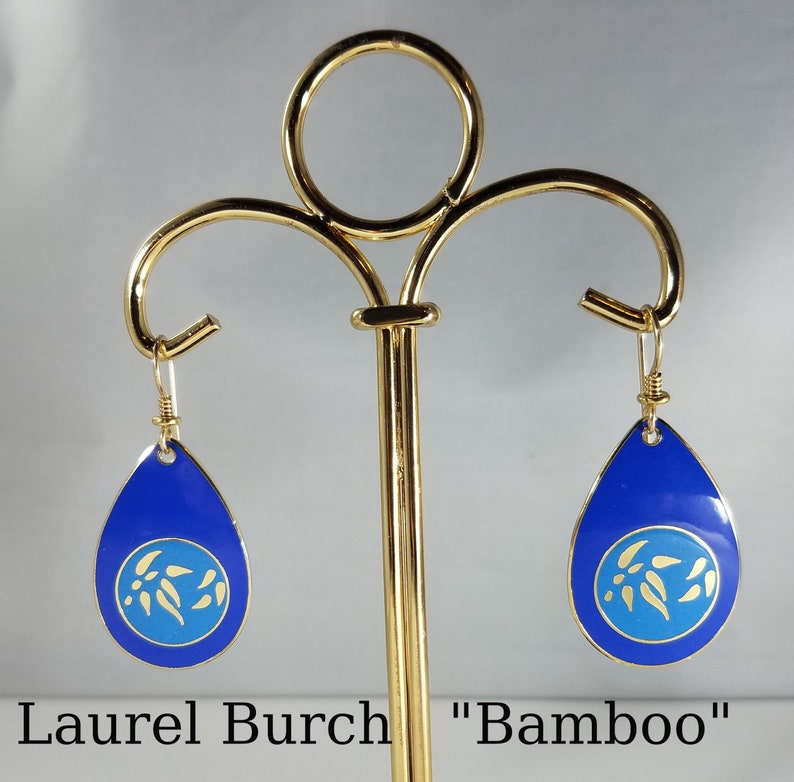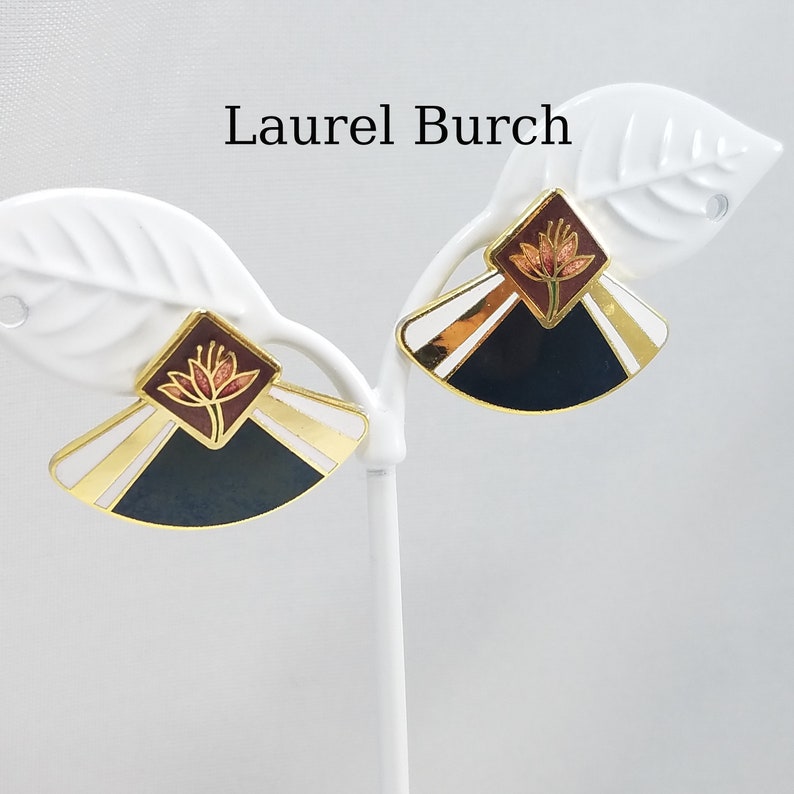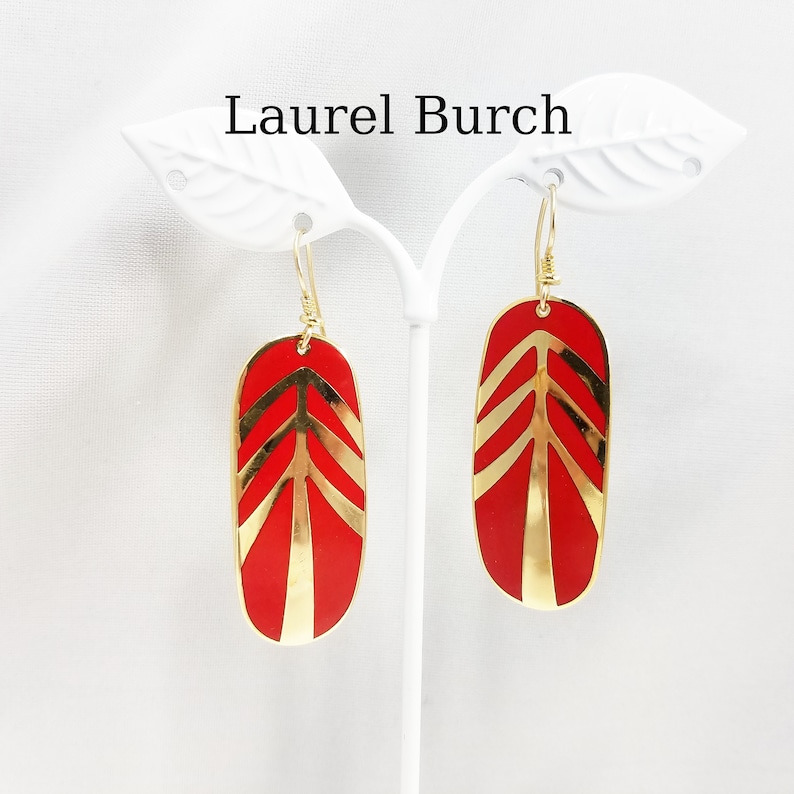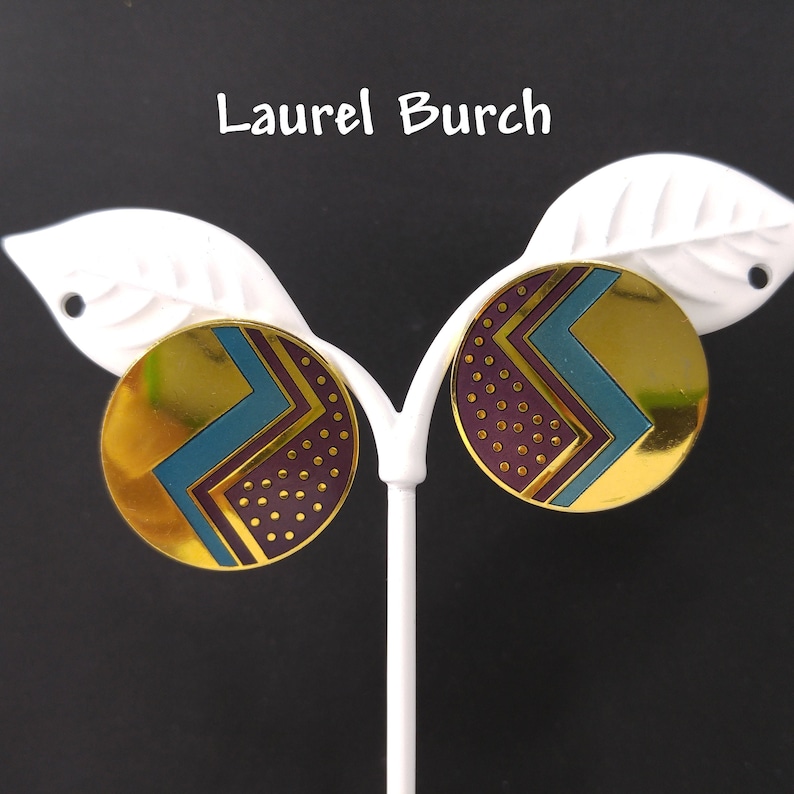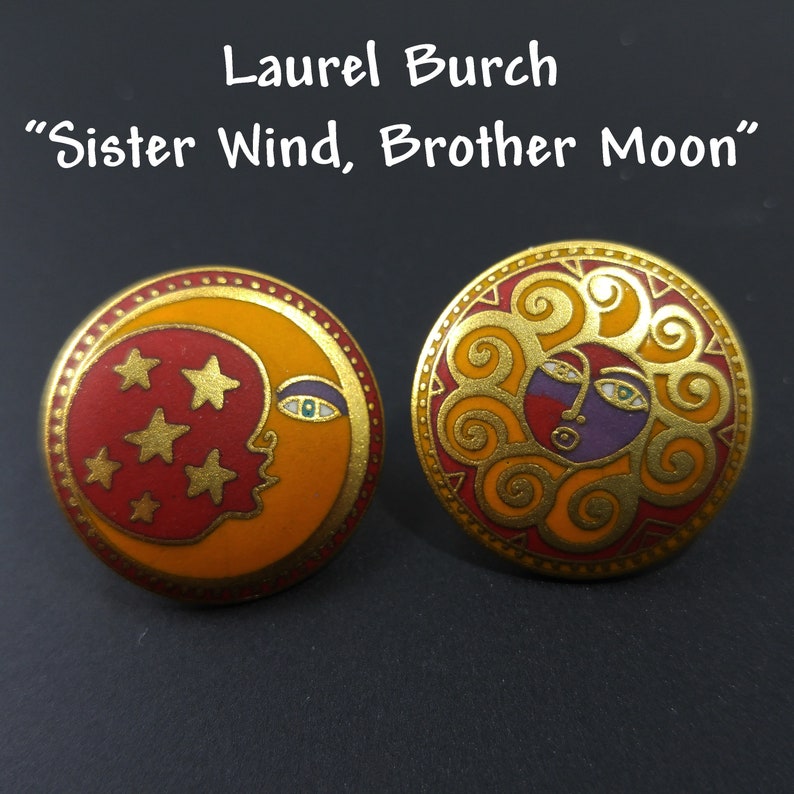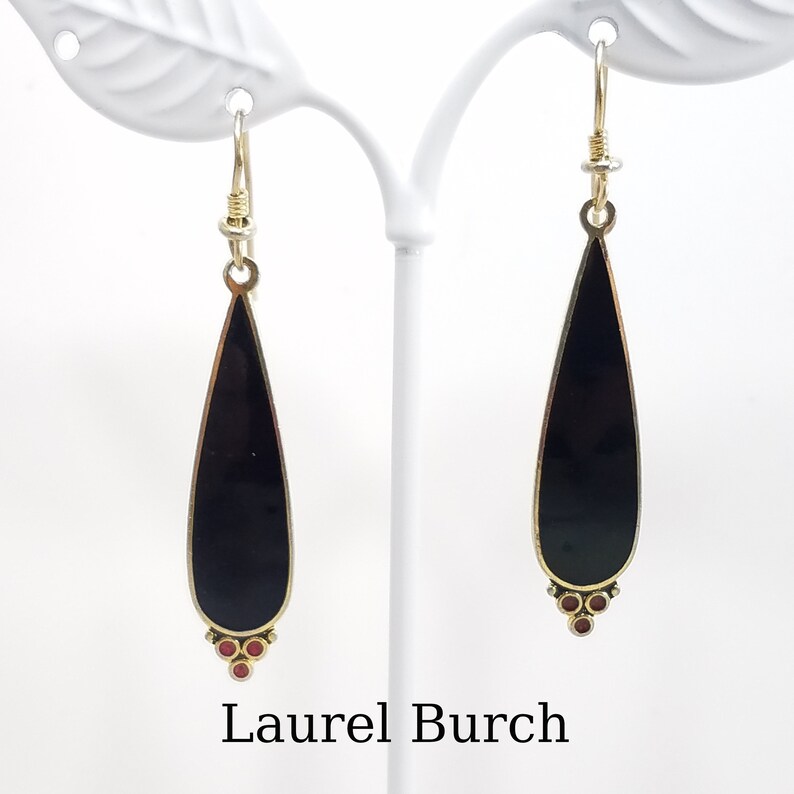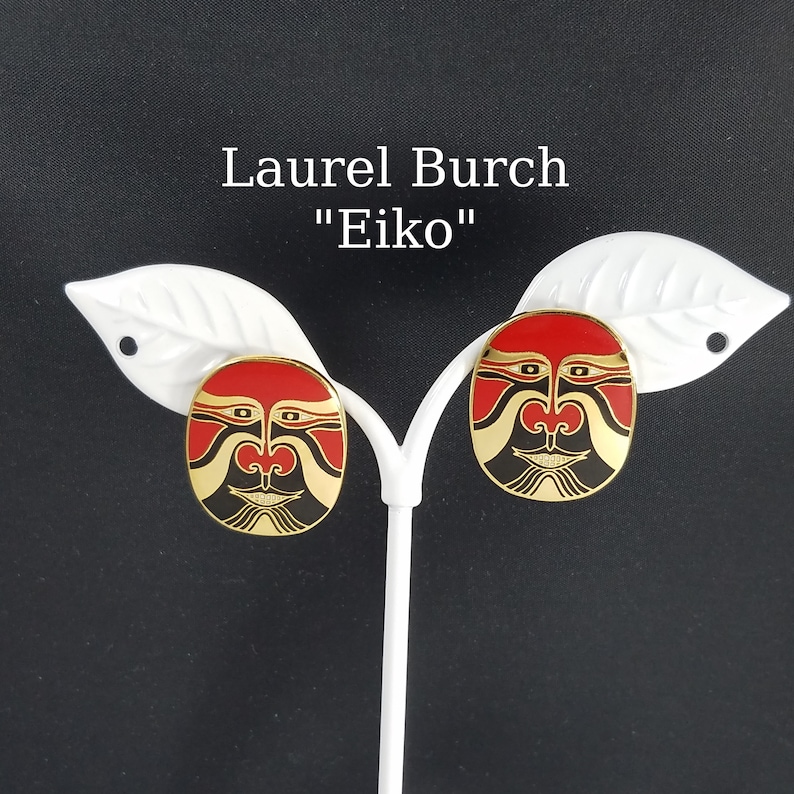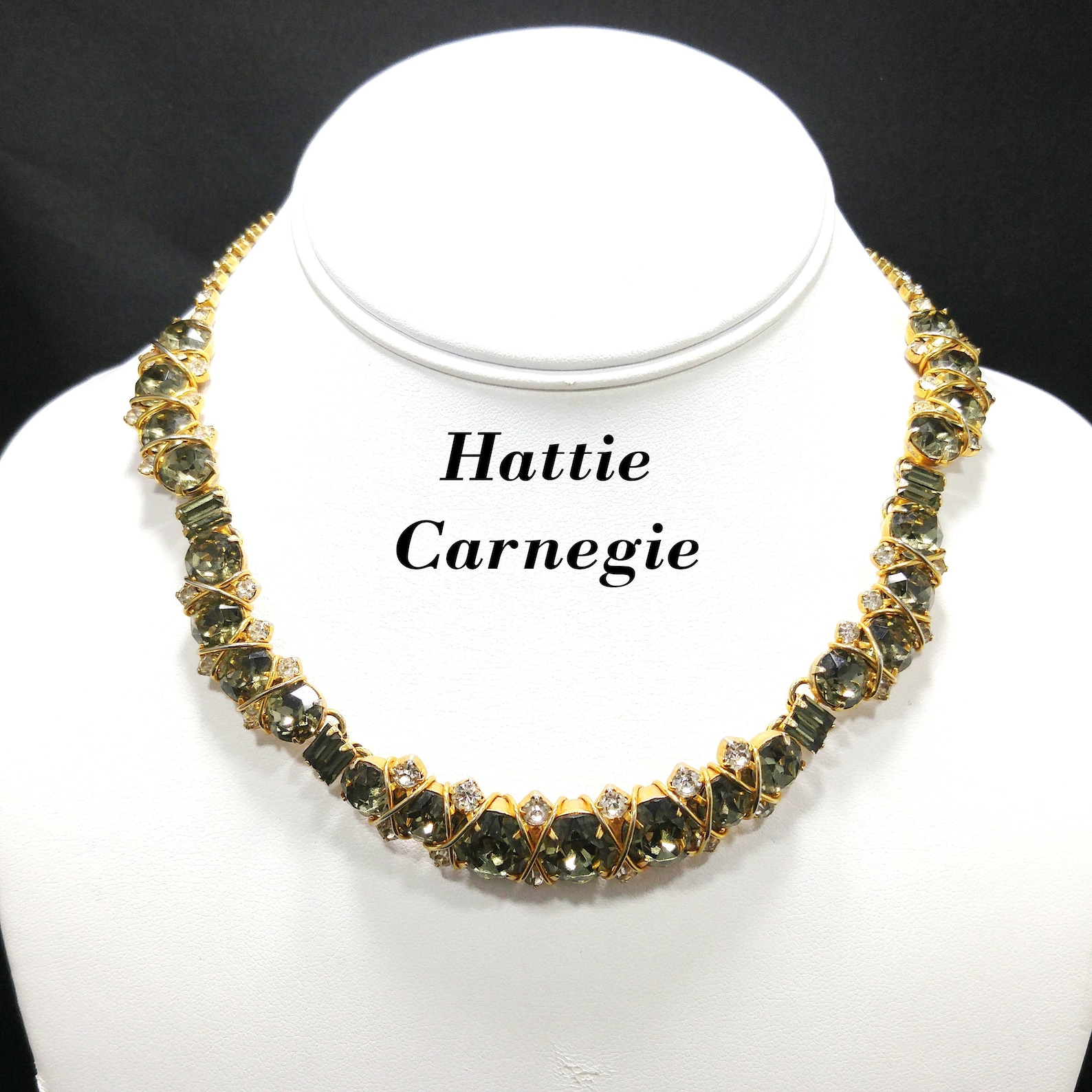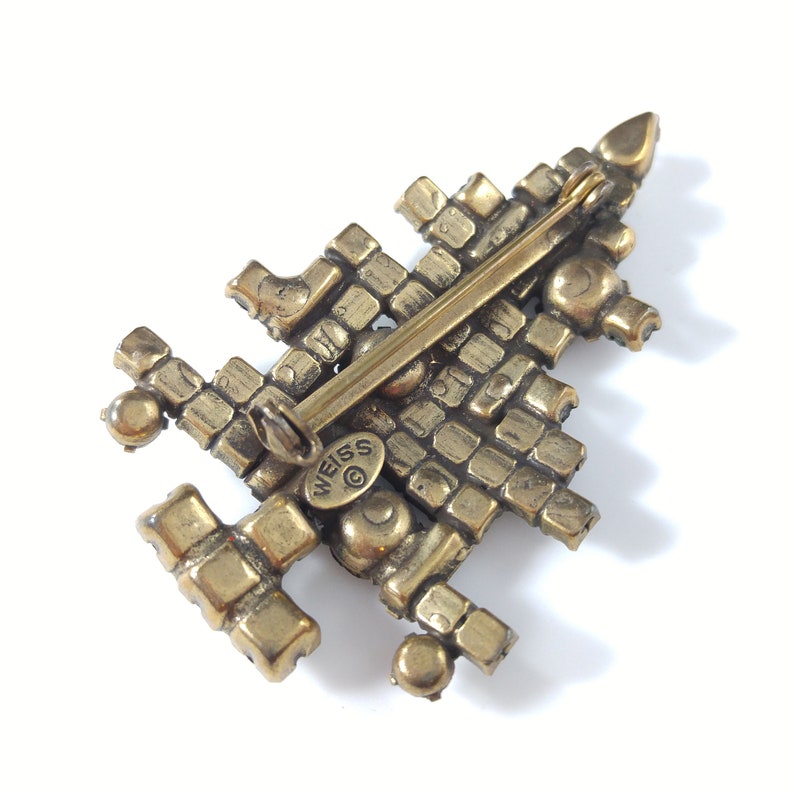 |
| Weiss Christmas Tree - 1950s |
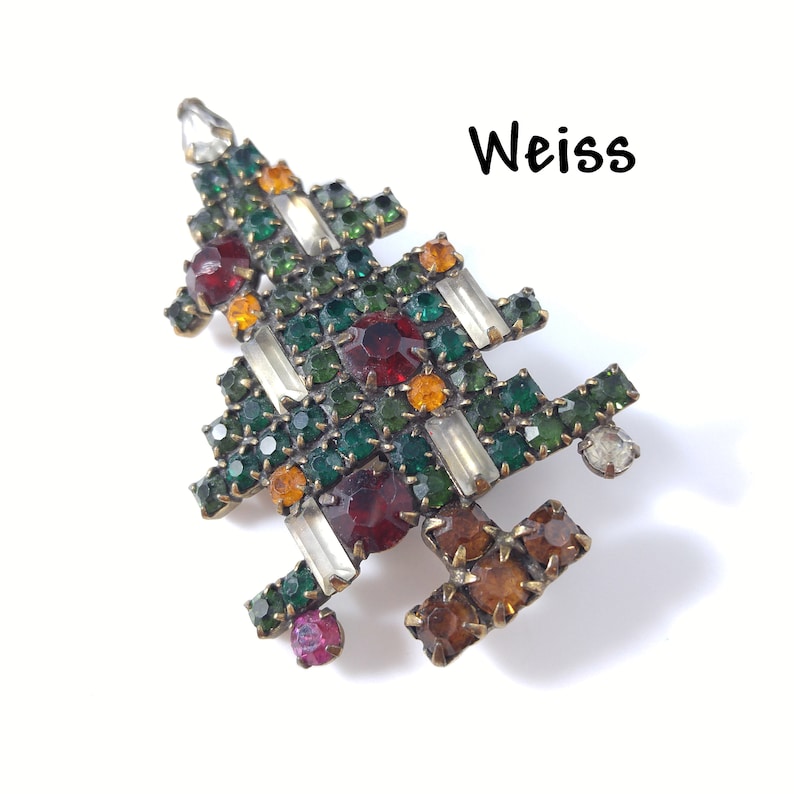 |
| Weiss Christmas Tree - 1950s |
The reason, in my opinion, that this book is so valuable is because Carroll emphasizes examining the backs of jewelry pieces and gives visual examples.
As a retired teacher, I love learning, researching, and expanding my knowledge. Since my retirement, my focus has been on reselling vintage costume jewelry so I spend lots of time reading all types of materials to learn as much as possible about jewelry. It is a never ending process but an exciting one. This book talked about how important it was to review carefully each piece of jewelry. It was one of the first ones I added to my reference collection and after using this book over and over, I purchased the two other books in her series, which follow the title of 101, making them easy to recognize. For your reference, I have linked them below.
I purchased the last book in the series, "Collecting Costume Jewelry 303" about a year and a half ago and will continue to use it regularly as a reference. You should watch the prices as they change with how many used books are available. At the time I purchased mine, I paid almost $100 for the last book. I see at the time of this writing, there are ones available much less expensive.
The reason her books are so valuable, as I mentioned before, is they show you the back of many of the pieces that were sold during a particular time period. After you review her books, you start to recognize when a piece was probably made because of the look of the jewelry back.
This is a piece of Coro jewelry and I have taken a photo of the back and attached it to my listing of this brooch. You can see in the photograph that the Coro has a little Pegasus in front of the name. This allows you to date this jewelry. The addition of the Pegasus with the name Coro puts the jewelry circulation in a time period. If you could not see the back of the brooch, you would have no way of double checking the age of this brooch.
If you are studying how to identify when costume jewelry was in circulation, these three books are ones you will want to purchase and add to your reference library. I love books but some I use and donate. These books will stay in my library as I use them as a reference regularly.
Hope you found this information useful.
Bye for now,
Jen
